I Let a Robot Clean My Windows… Here’s What Happened
Review of ECOVACS WINBOT W2 PRO OMNI, including how it works, its features, actual cleaning performance on my windows, what I like, and what could be improved.
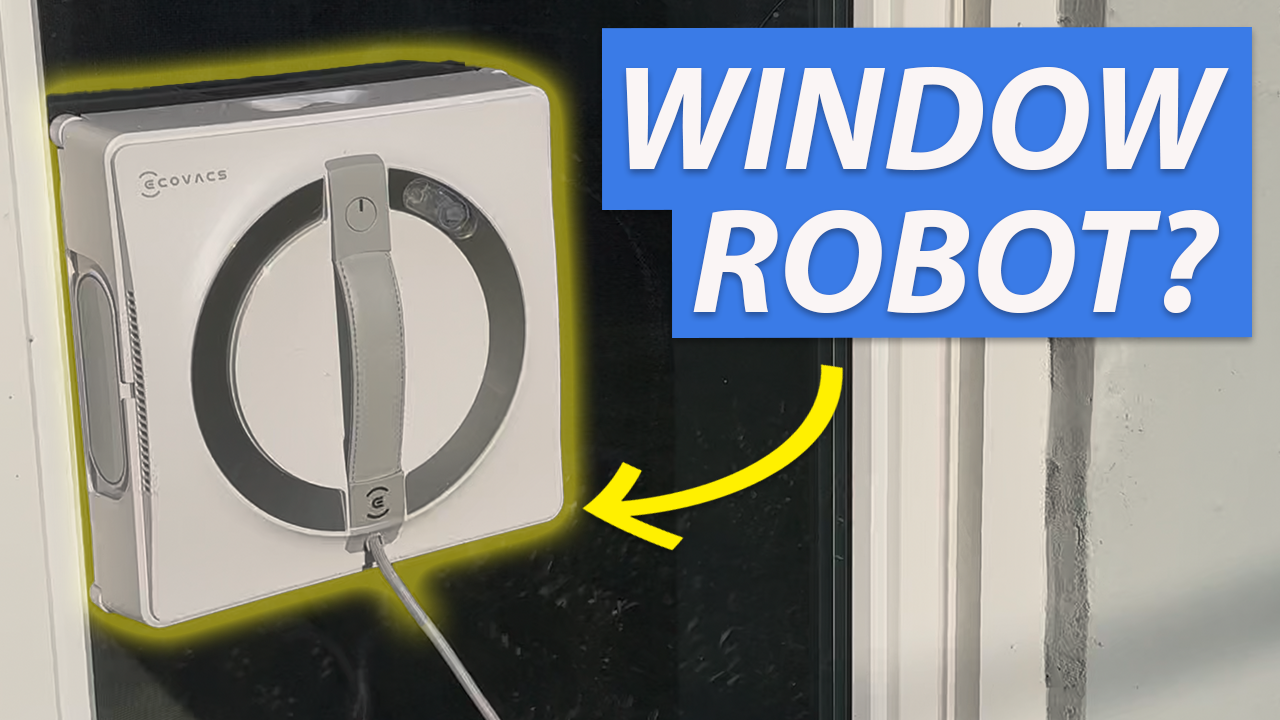
Introduction
Robot window cleaners have actually been around for a while, but I got my first glimpse of them when I traveled to CES 2025 in Las Vegas. Defying gravity, these robots move up and down the interior or exterior side of windows, cleaning them as they go. You may already have a robot vacuuming and mopping your floor, and maybe even a robot mowing your lawn. But, is it time to have a robot cleaning your windows?
To answer this question, I’m taking a look at this robot window cleaner from ECOVACS, the WINBOT W2 PRO OMNI. I’ll show you how it works, its features, actual cleaning performance on my windows, what I like, and what could be improved.
Main Points
How it Works
Given the gravity defying movement of this robot, I’ll first cover how it works.
Robot window cleaners like the WINBOT W2 PRO OMNI utilize a suction fan to create a seal against the glass. This one uses a rubber belt to move smoothly on the window even when it’s wet. Additionally, it has multiple features and sensors to ensure safe operation. It has auto air pressure compensation to optimize suction power. There is a gravity acceleration sensor to make sure the robot is stable and not about to fall. And if that doesn’t give you enough peace of mind, you have the option of using a safety rope. There is also something called an optocoupler sensor to detect window edges so it fully cleans the window without going over and beyond the window frame.
To actually clean, you wet a mop cloth in the sink, and then attach it to the bottom of the robot similar to Velcro. You’ll also add a window cleaning solution or water to a tank in the robot. To start it, you hold the robot against the window, and hold down the power button on the robot for two seconds. This engages the fan, and creates a suction against the glass. A voice then speaks to confirm when it’s safe to let go.
When the robot finishes cleaning, it returns to its original starting point, and announces that it is done. To remove it, you’ll grab the handle and press the power button again for two seconds. The voice will alert you that the suction will be removed, so make sure you’re holding the robot’s handle, and then you can remove it.
Unlike a robot vacuum and mop, this does not create or save a map of your window.
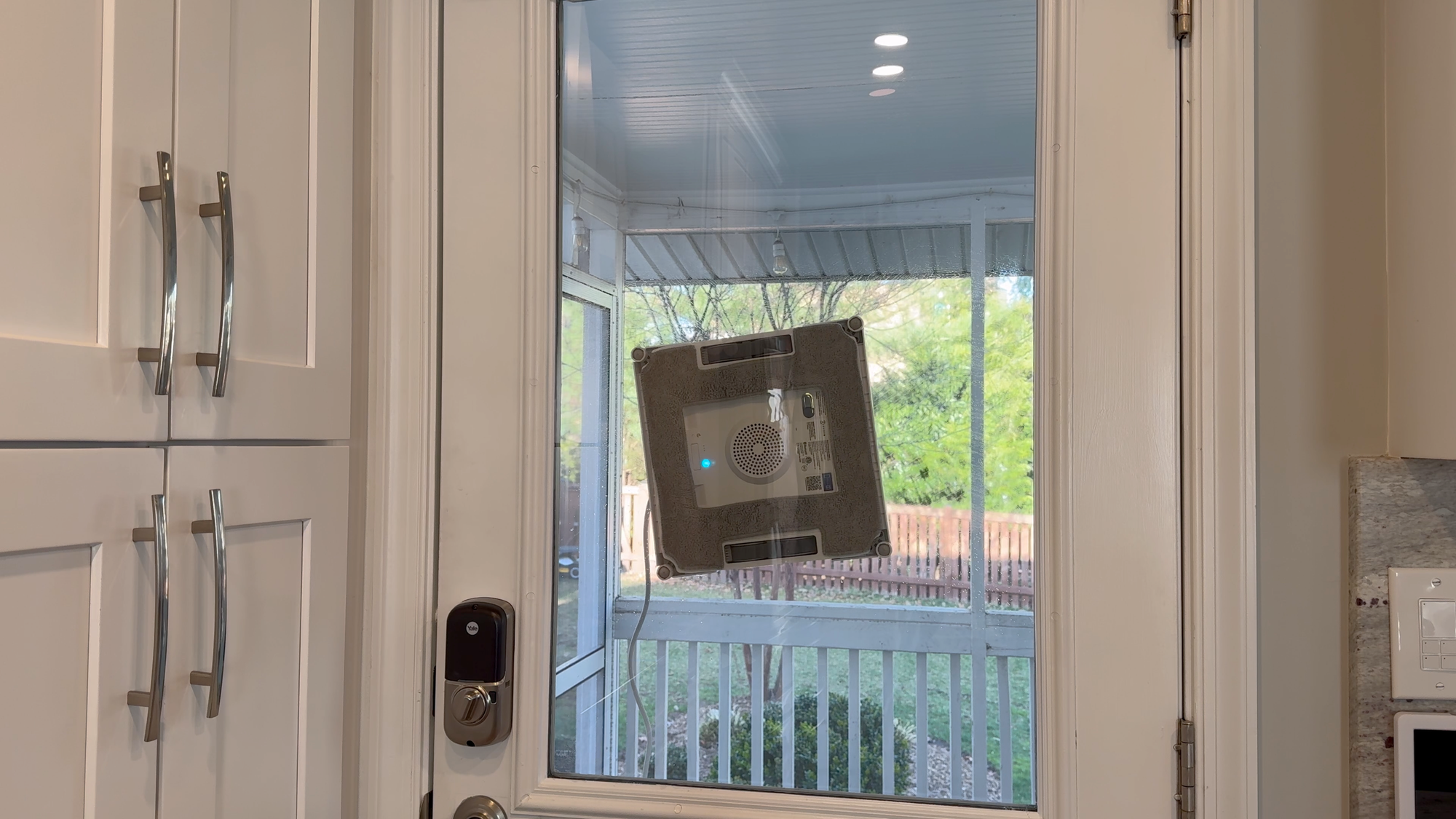
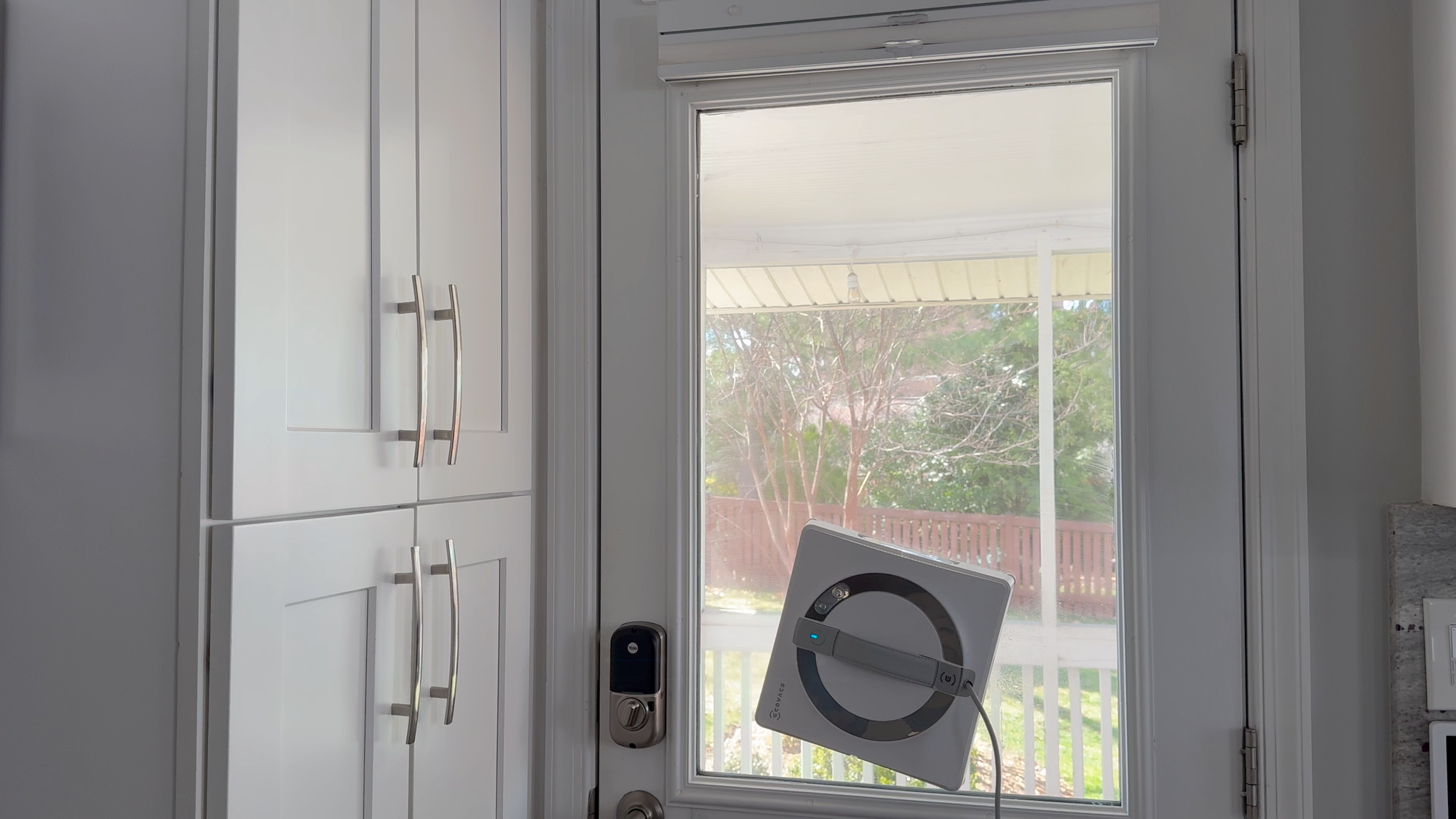
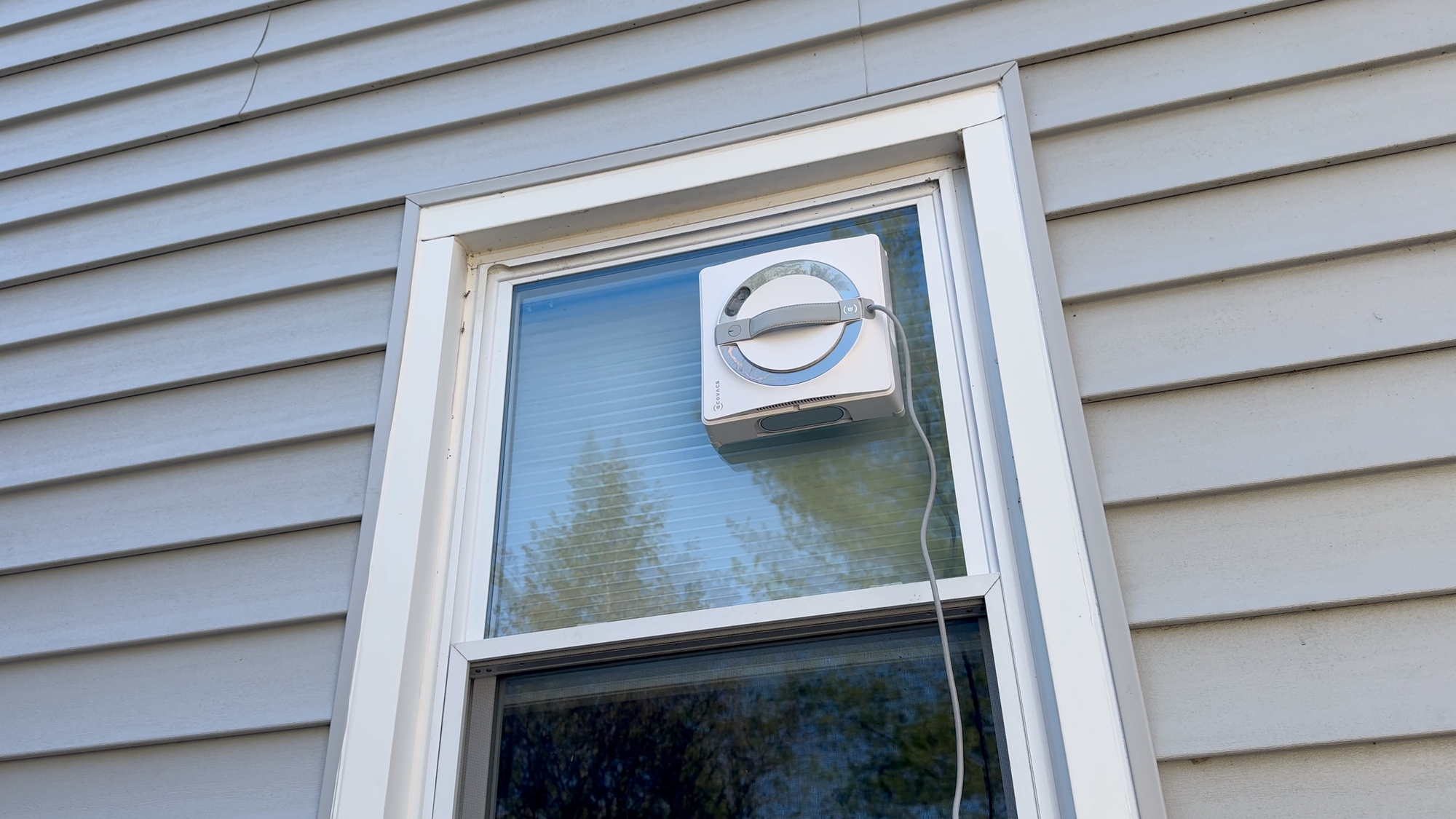
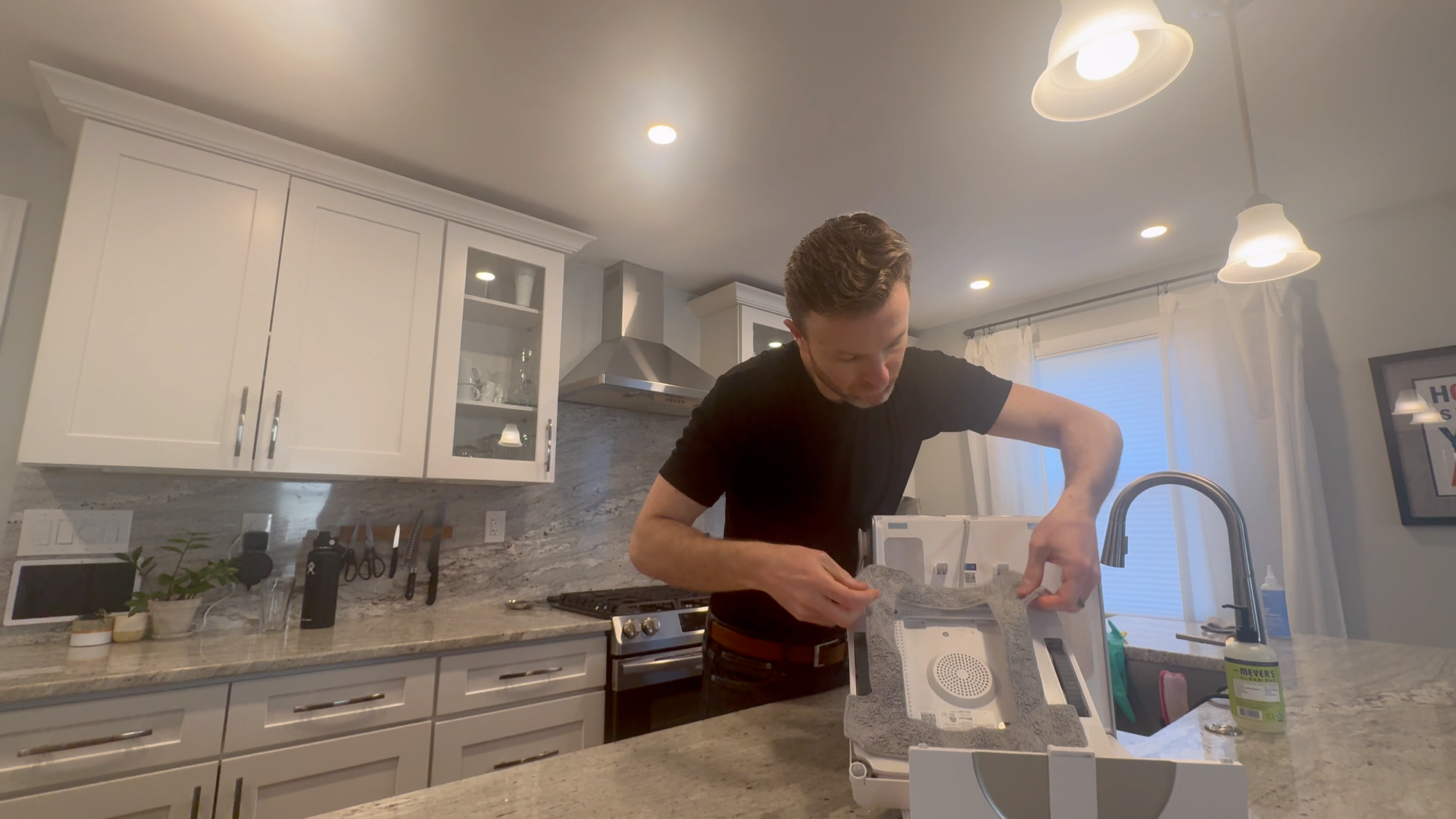
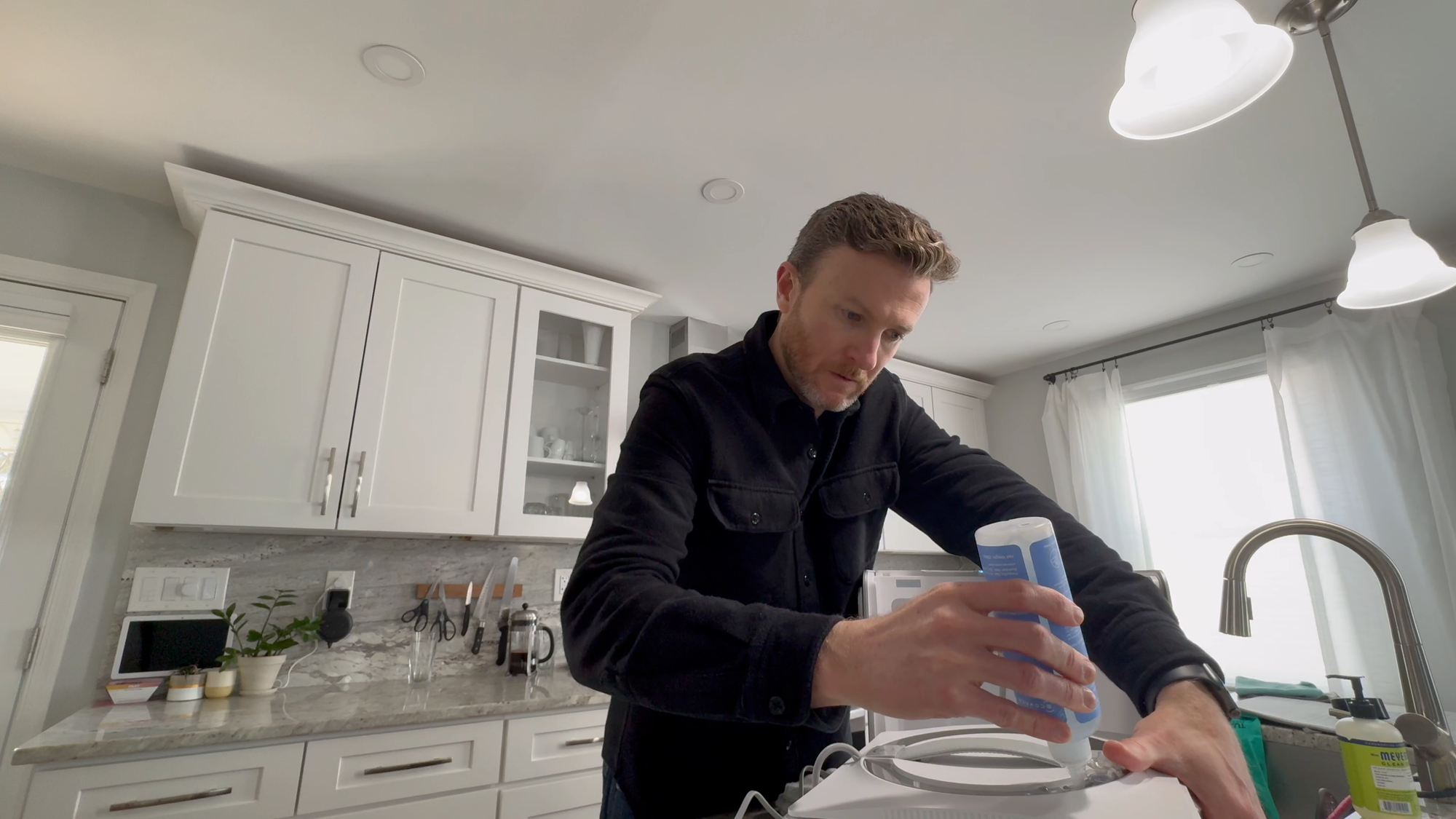
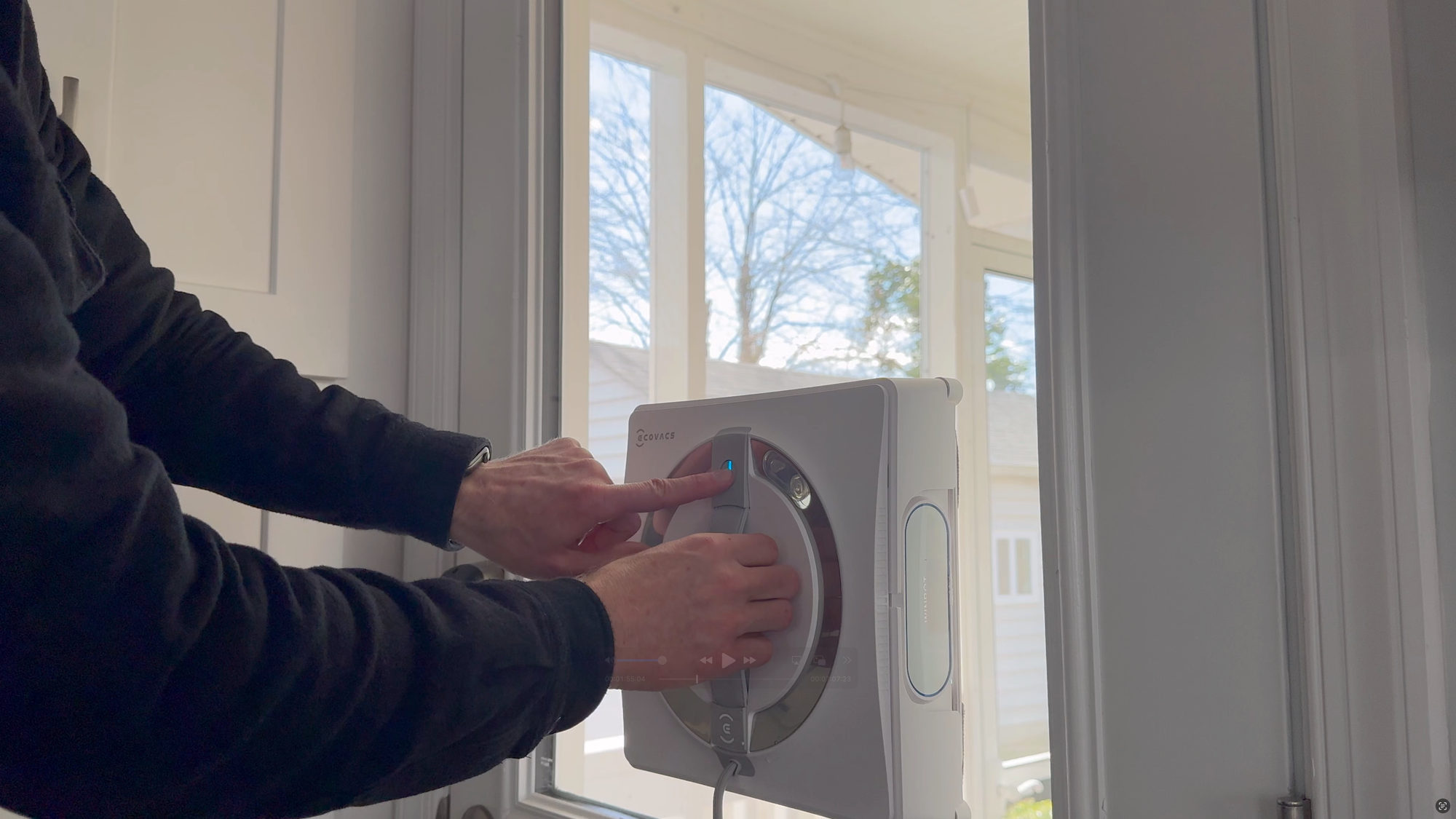
ECOVACS WINBO W2 PRO OMNI: How It Works
Unboxing
Inside the box, you’ll find a portable case that reminds me of a beverage cooler. This case functions as storage for the robot cleaner and battery power so you’re not reliant on plugging it into an outlet. The bottom of the case has suction cup-like design to anchor it firmly to a surface.
On the back of the case, a compartment opens up to access an optional 1-meter safety rope, plus two mopping cloths.
From the front, you can fold down the case to open it up, revealing the robot itself. The robot has a grab handle on the top, spray nozzles on two ends, and a suctioning fan and dual belt drive system on the bottom.
Behind the robot in the case is window cleaning solution. There is a rubber stopper on top of the robot that opens for you to add the cleaning solution, or just water.
The robot remains tethered to the storage case while cleaning. When finished, you can press a button to automatically wind the cable back into the case.
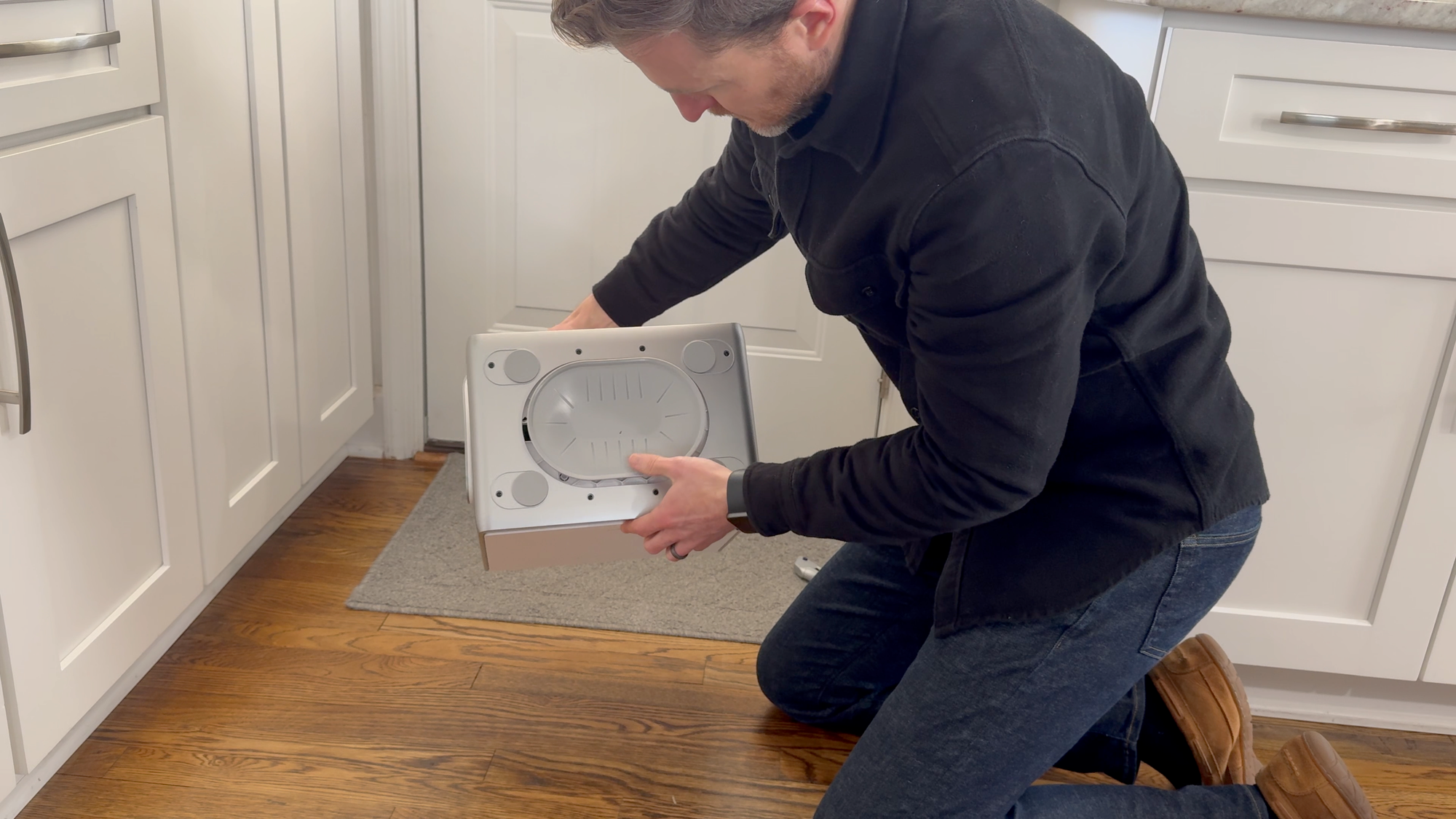
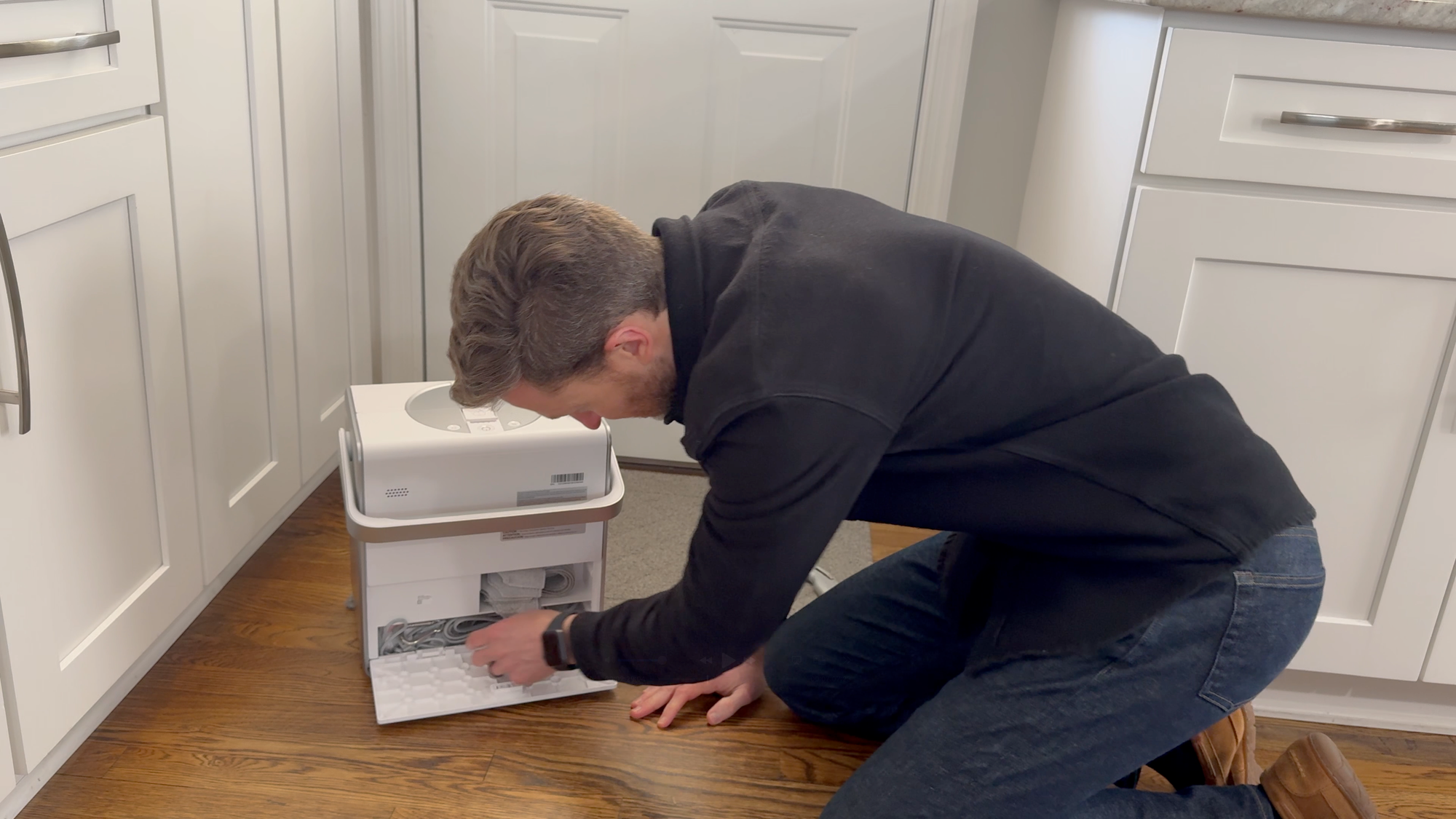
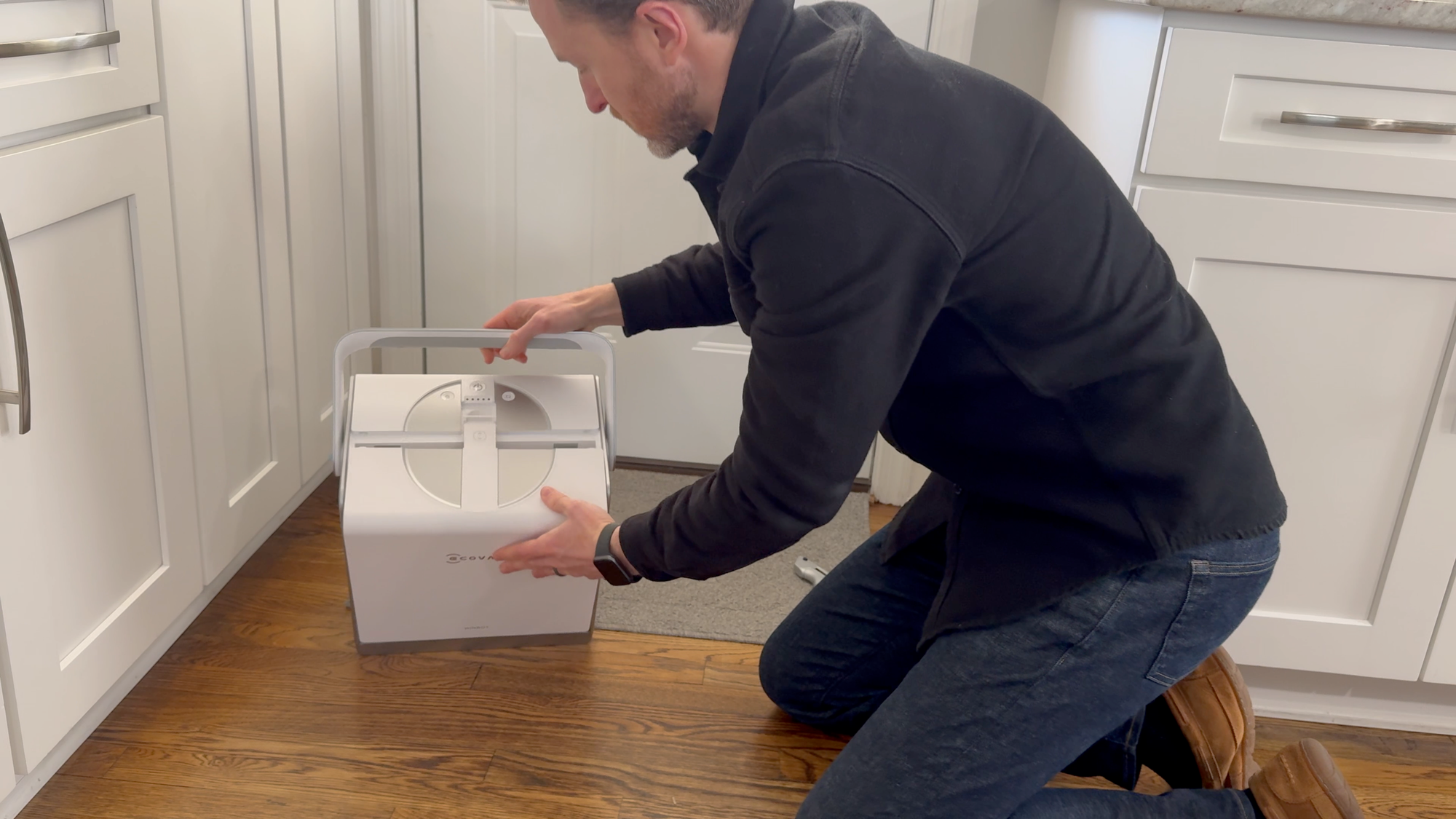

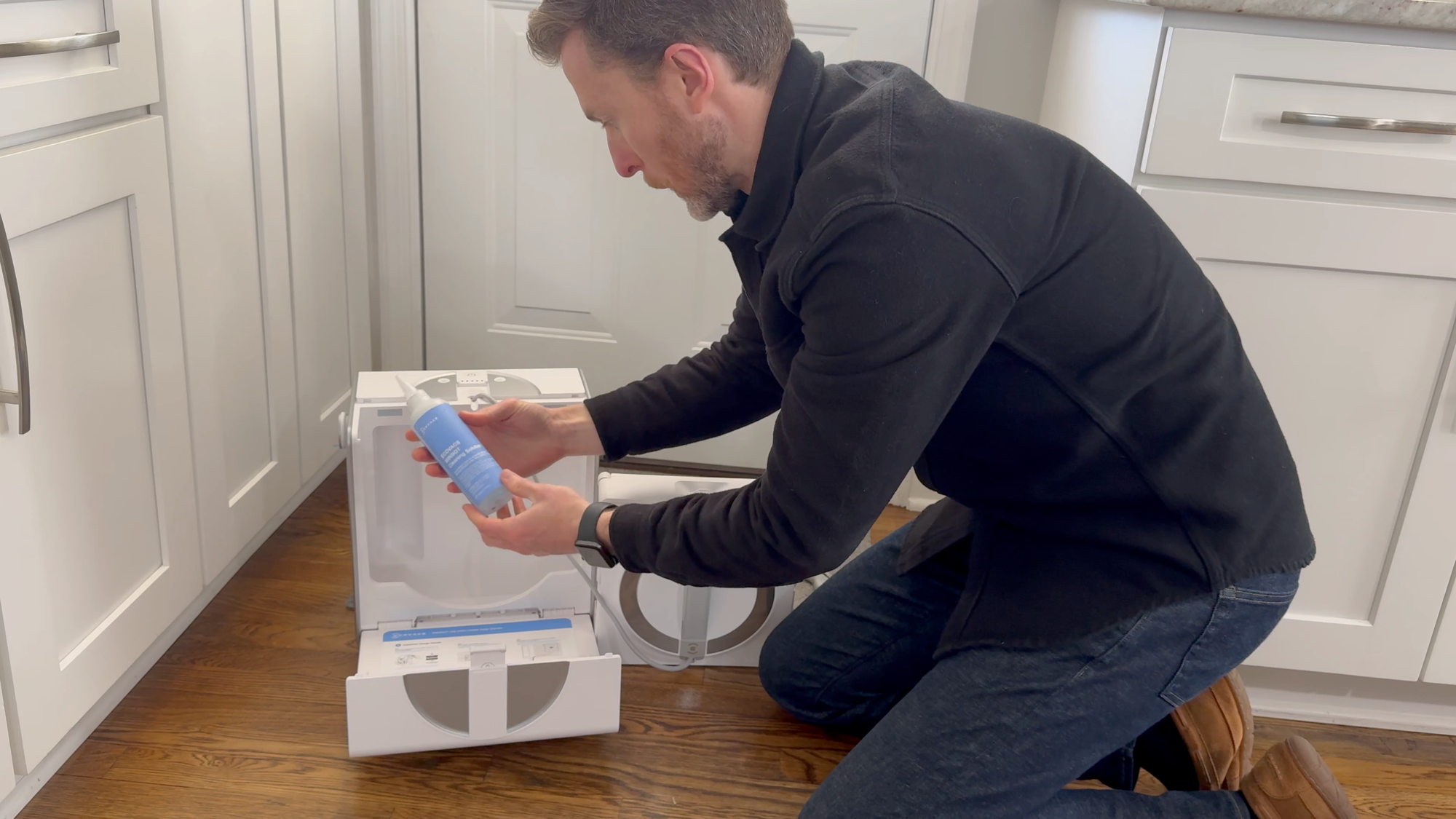
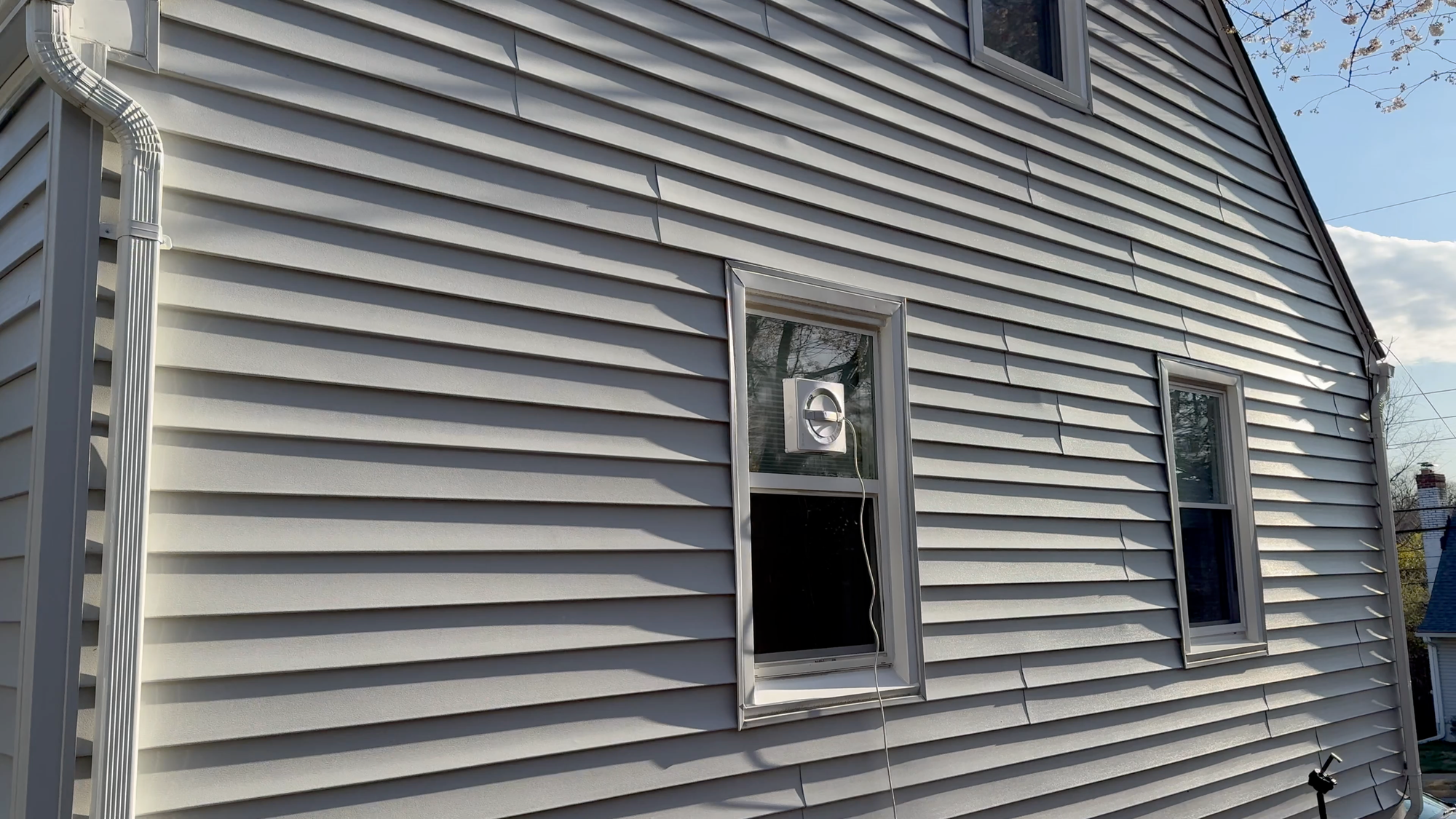
ECOVACS WINBO W2 PRO OMNI: Unboxing
Features
You can operate it with the storage case plugged into a power outlet, or just run it using the built-in battery. A fully charged battery will run the robot for 110 minutes, which should cover 55 square meters, or 592 square feet.
The battery option makes this especially convenient for cleaning the exterior side of windows, so you don’t have to worry about running extension cords.
From the ECOVACS app, you have numerous cleaning modes to choose from, including fast cleaning for interior windows, and deep cleaning for exterior windows or especially dirty ones, among others.
But while it does have an app, there really is no sensible home automation use case for this since it requires you to manually place it on each window and engage the power physical power button to initiate a cleaning. This means you couldn’t have it clean by itself whenever you leave the house, for example.
To clean, the robot uses a three nozzle, wide angle spray on both ends of the robot to automatically dispense cleaning solution before driving over it with the wet mop pad.
When cleaning, it makes about 63 decibels of noise, which isn’t too loud.
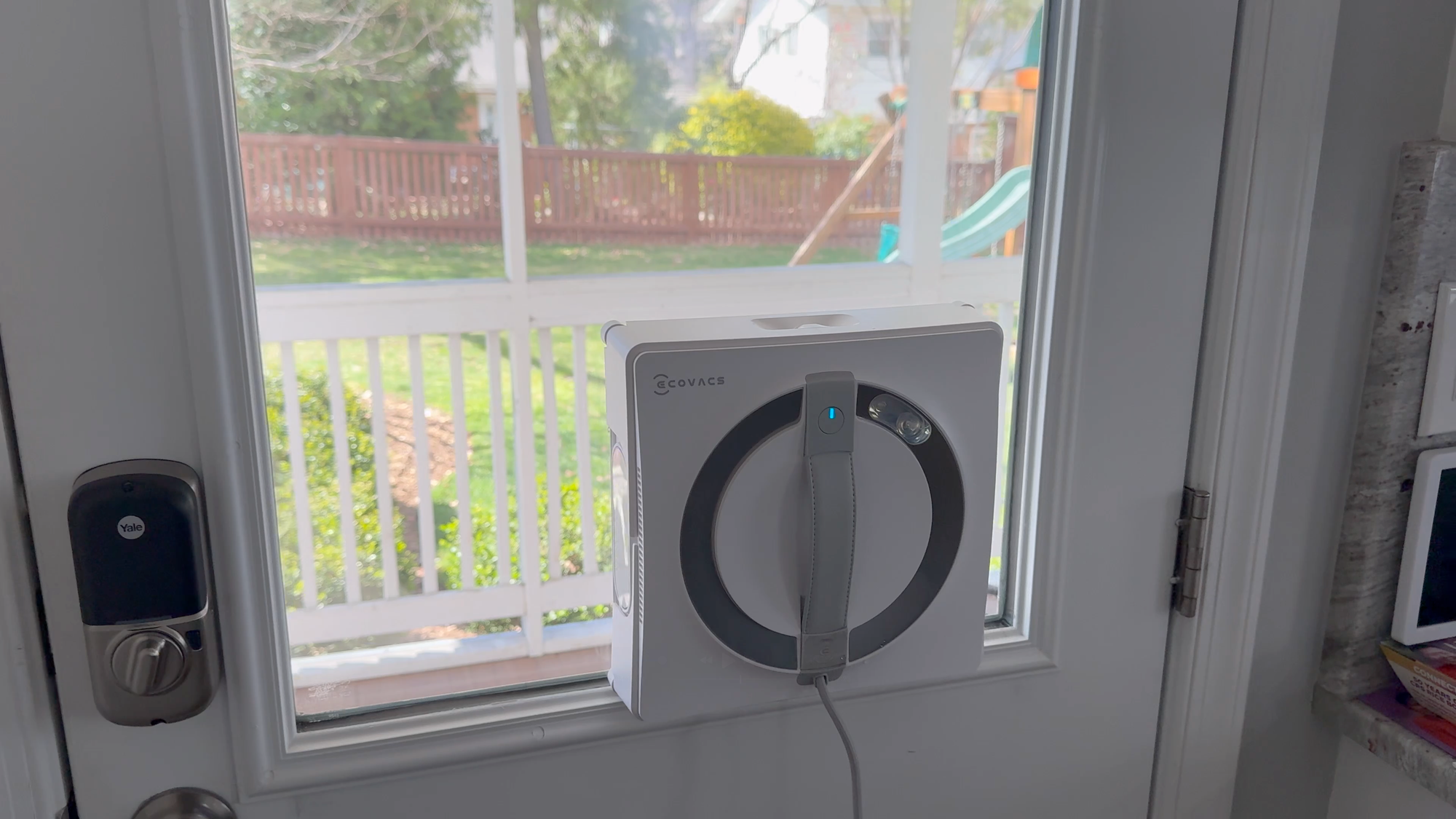
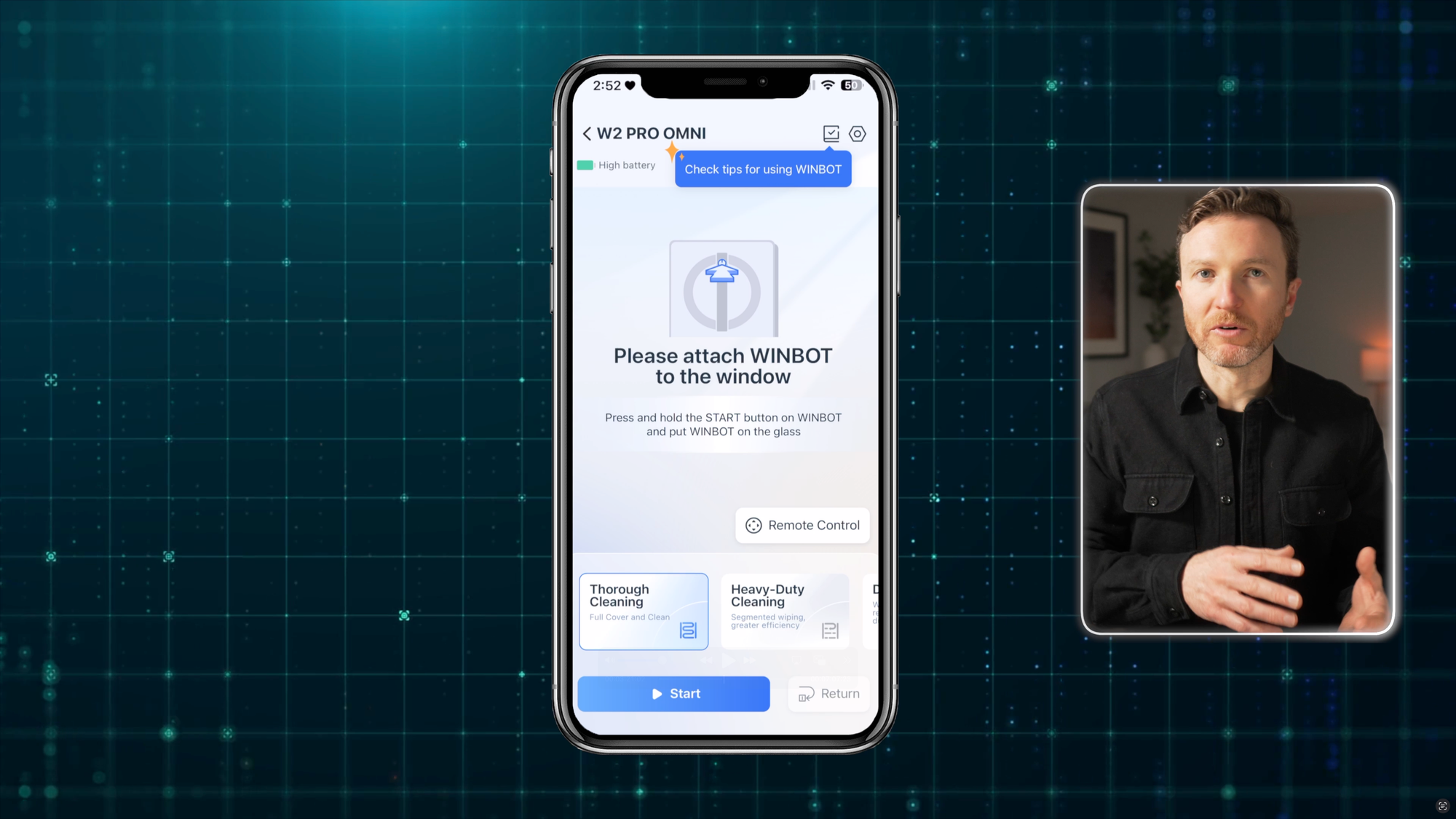
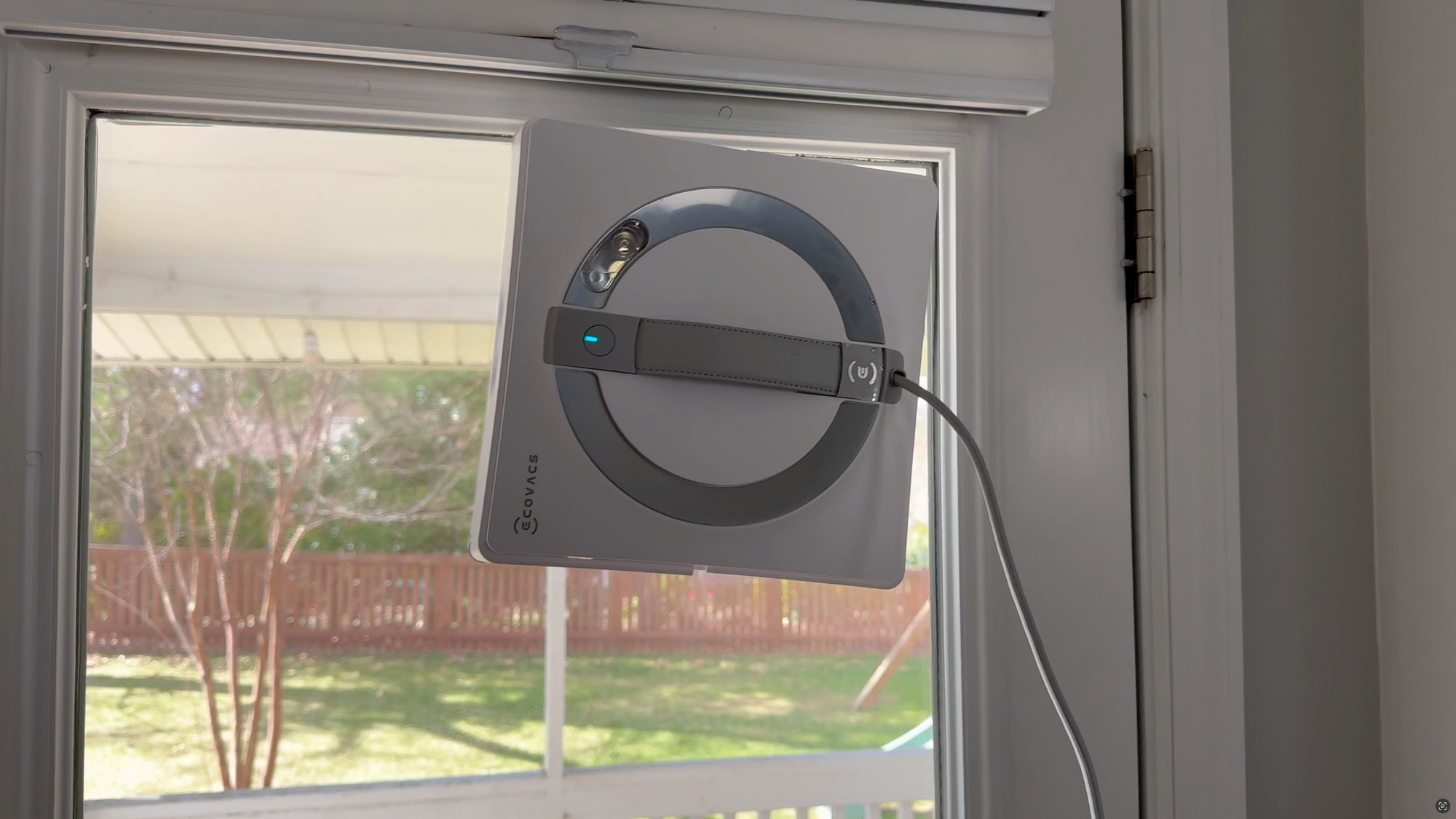
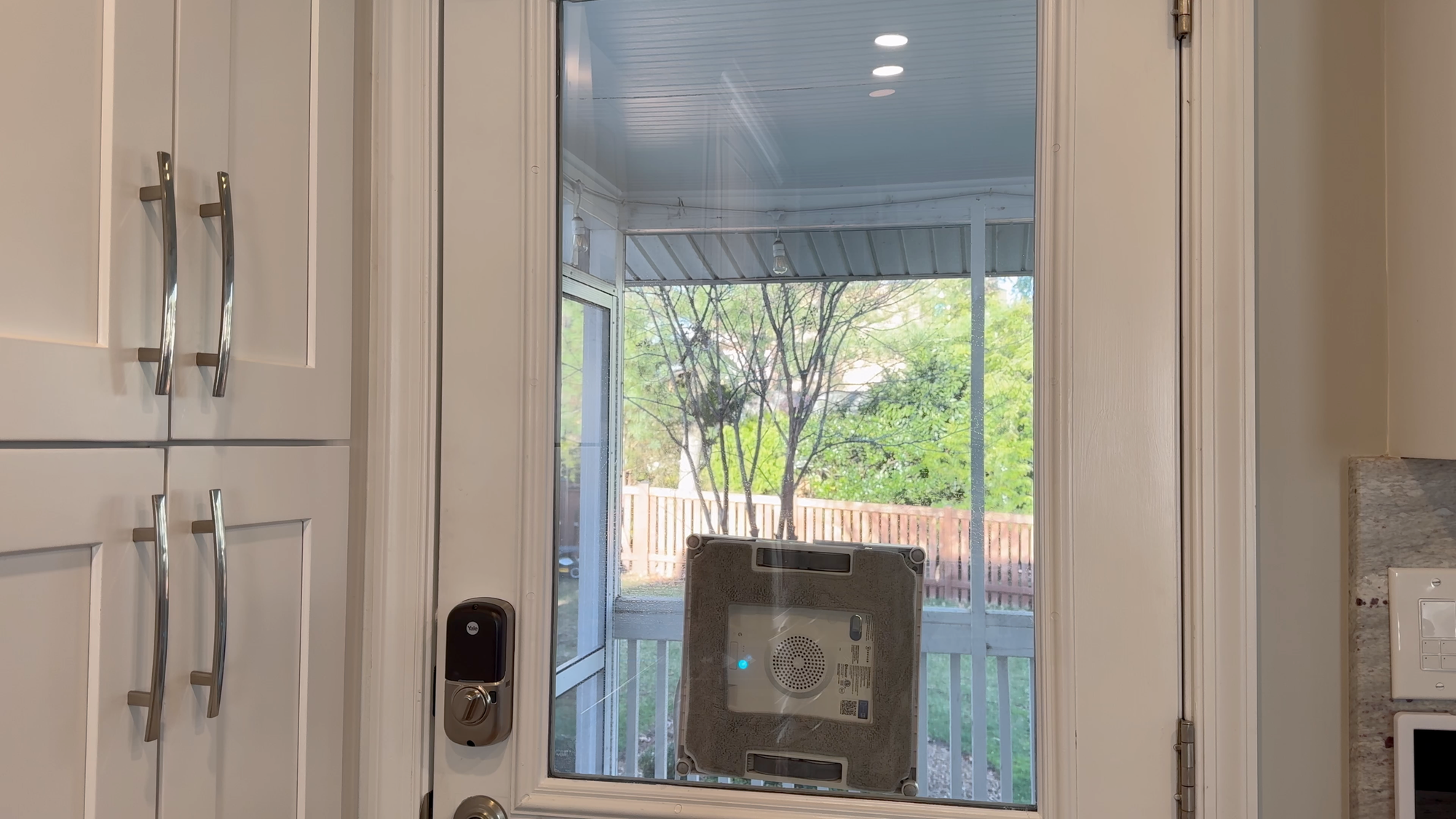
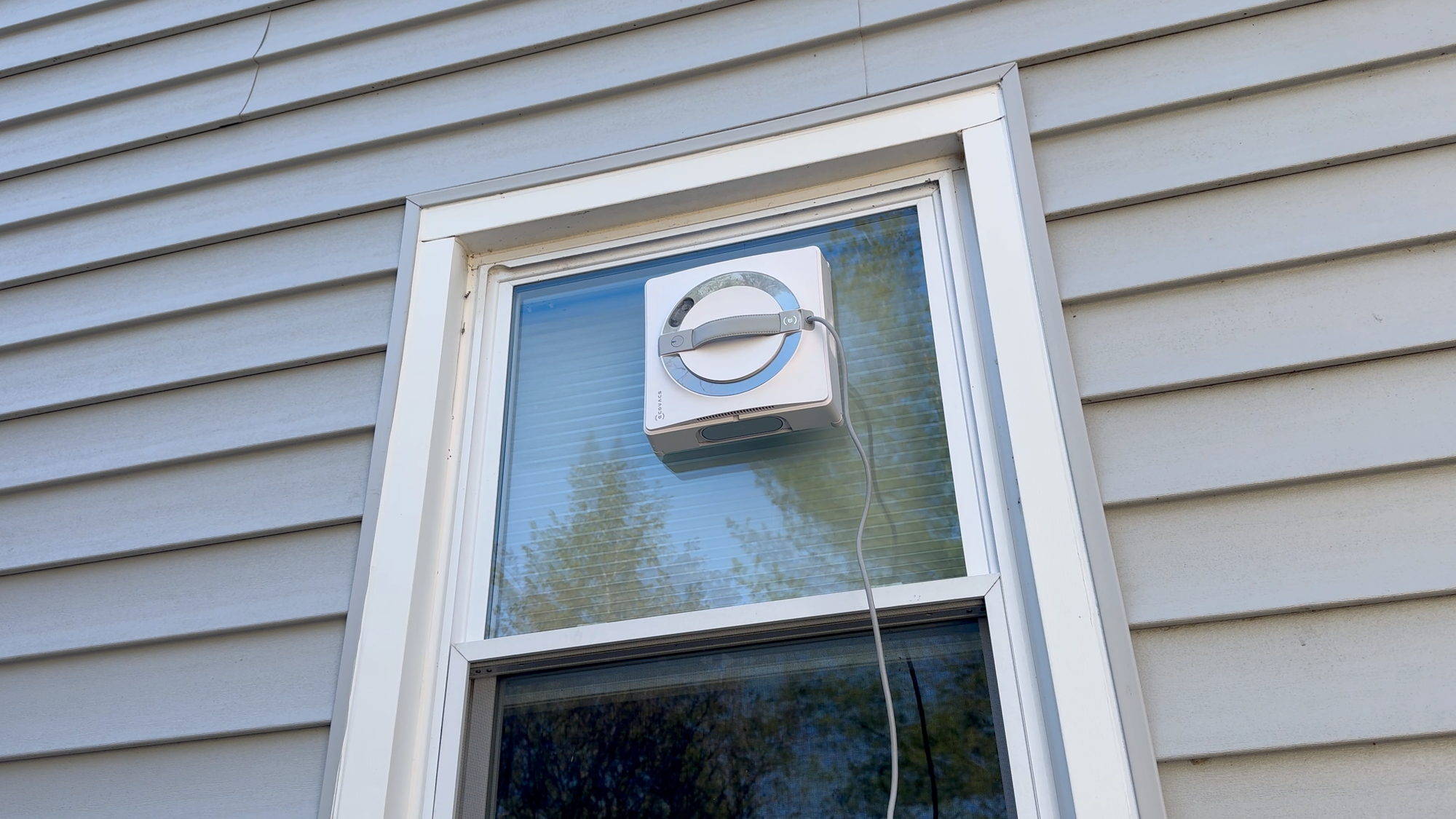
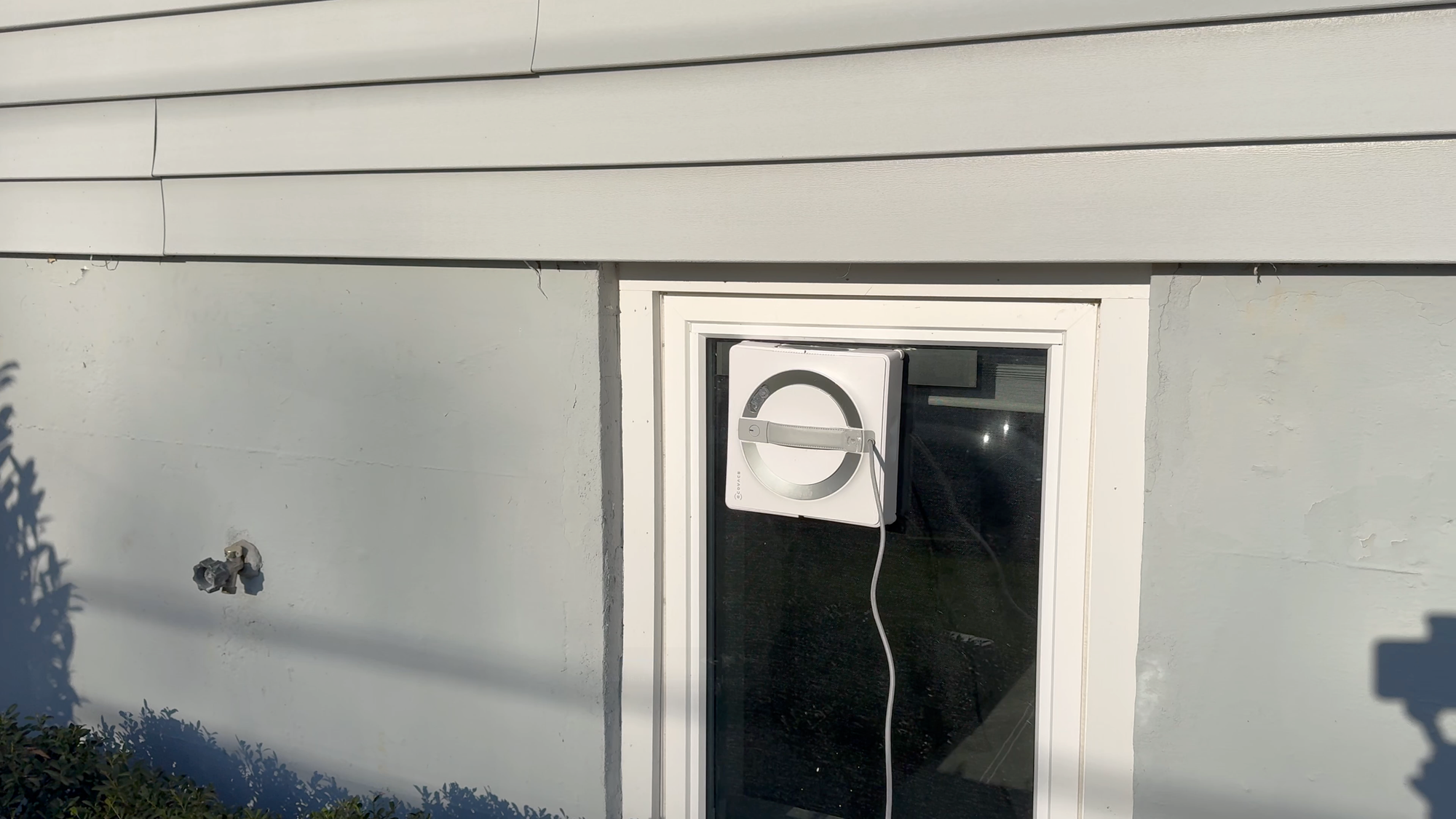
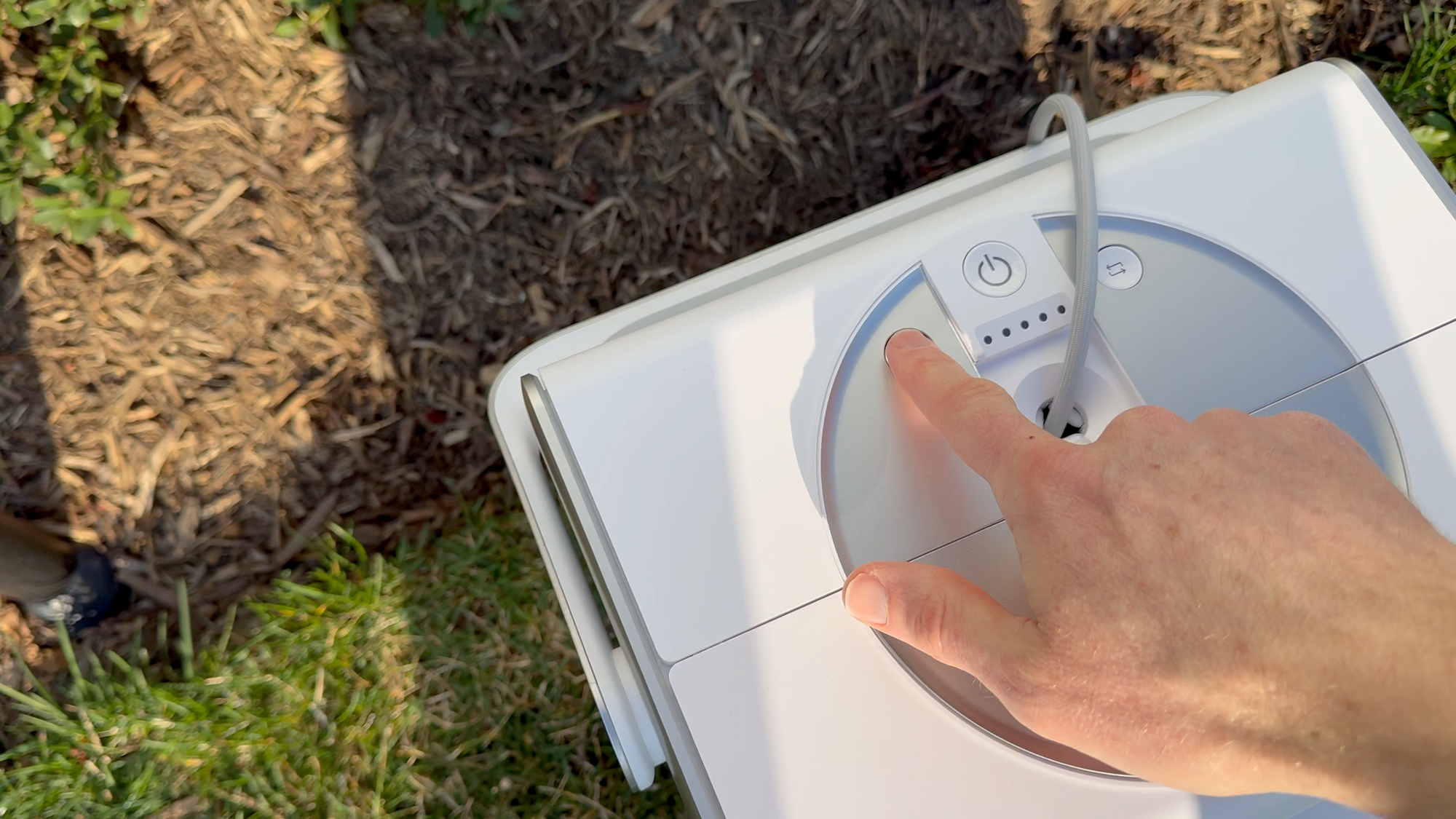
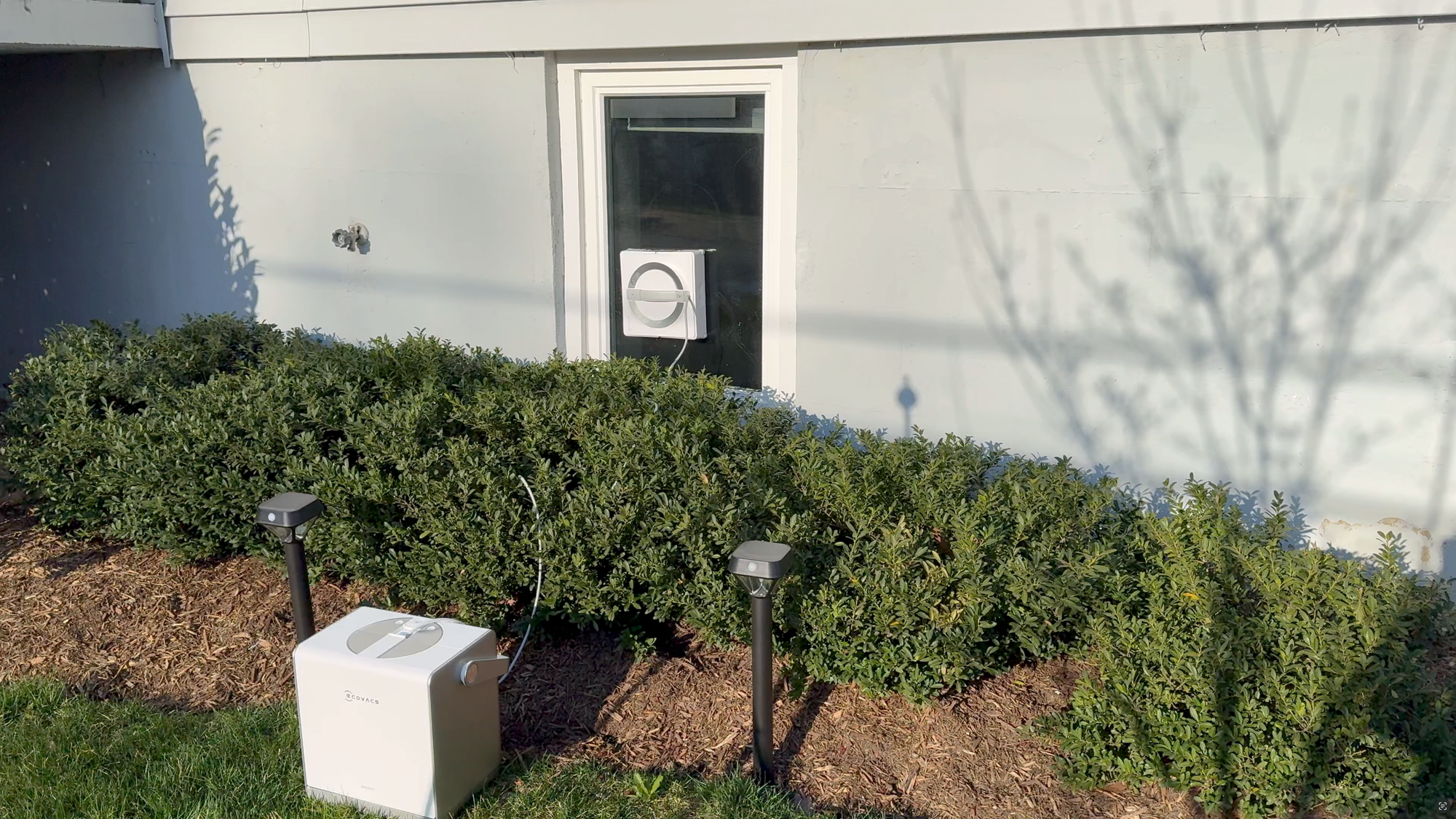
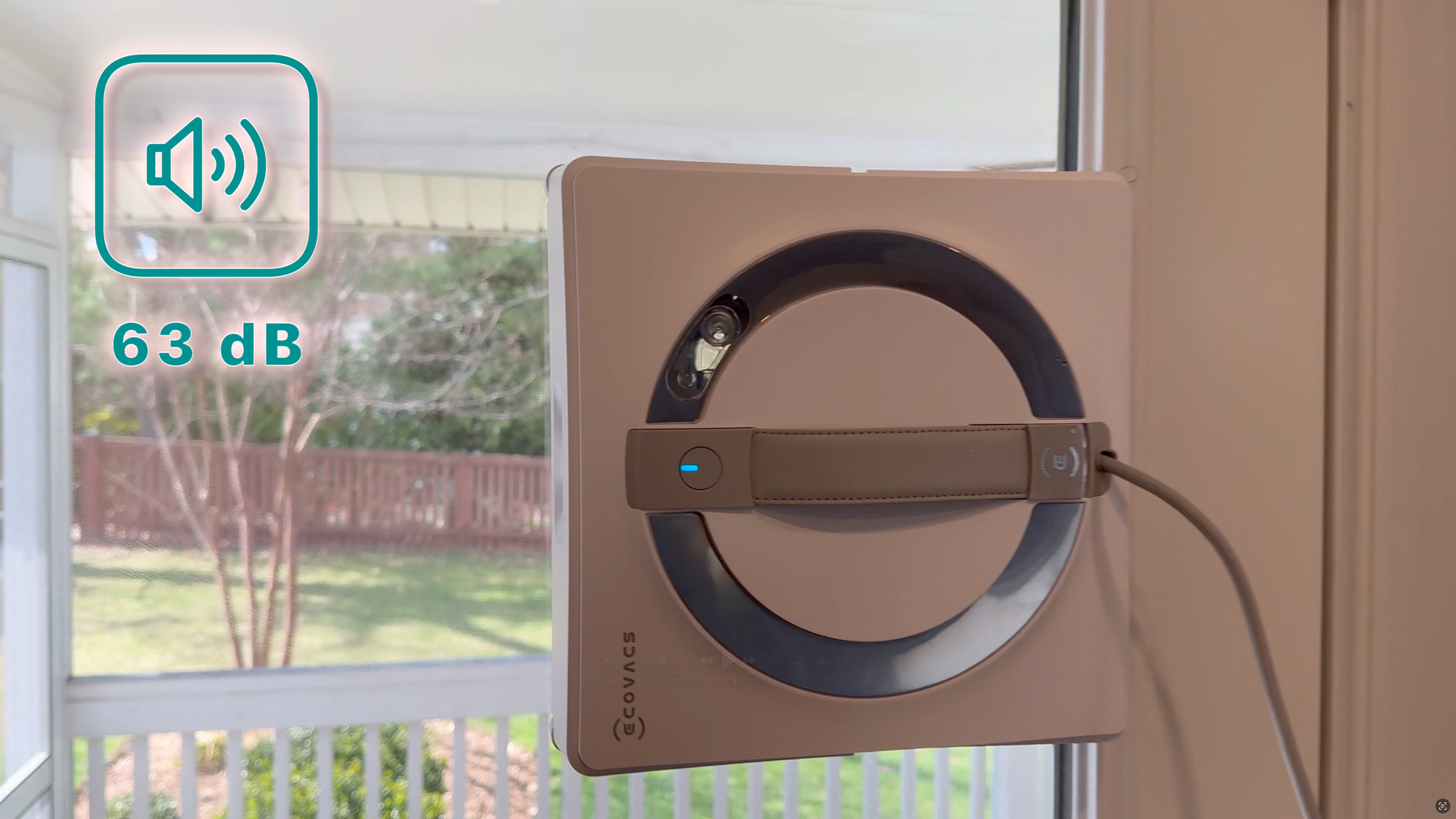
ECOVACS WINBO W2 PRO OMNI: Features
Cleaning Test
To understand how effect this robot is at cleaning, I tested it in four scenarios: (1) fast cleaning on an interior window as is, (2) fast cleaning on an interior window with a visible mess, (3) deep cleaning on an interior window with a visible mess, and (4) deep cleaning on an exterior window with a visible mess.
Most of my windows looked pretty clean, at least on the interior, but I wanted to ensure this robot would not make a clean window look worse by leaving streaks behind. Thankfully, this was not the case, as the robot left my interior window as is looking the same if not better than before.
To really put it to the test, I then smeared strawberry yogurt onto the window, and again sent the robot on a fast cleaning mission. While it made the yogurt mess less noticeable, it moved the mess across the entire window and left a cloudy residue behind.
To be fair, sticky yogurt on a window is not very common. But, since my kids have put their sticky hands over this exact window, I wanted to see how the robot could handle it.
I then cleaned the window by hand using a single paper towel and glass cleaner.
I then repeated this yogurt test, but used a deep cleaning. This time, the robot did a much better job, eliminating almost all of the visible mess, though upon closer inspection some streaks were visible.
For the fourth test, I took the robot outdoors and had it clean an exterior window that had some visible weather-related stains on it, though this was difficult to pick up camera. Using a deep cleaning, the robot did a great job refreshing the glass.
I repeated this exterior window test on yet another window, and achieved similar results.
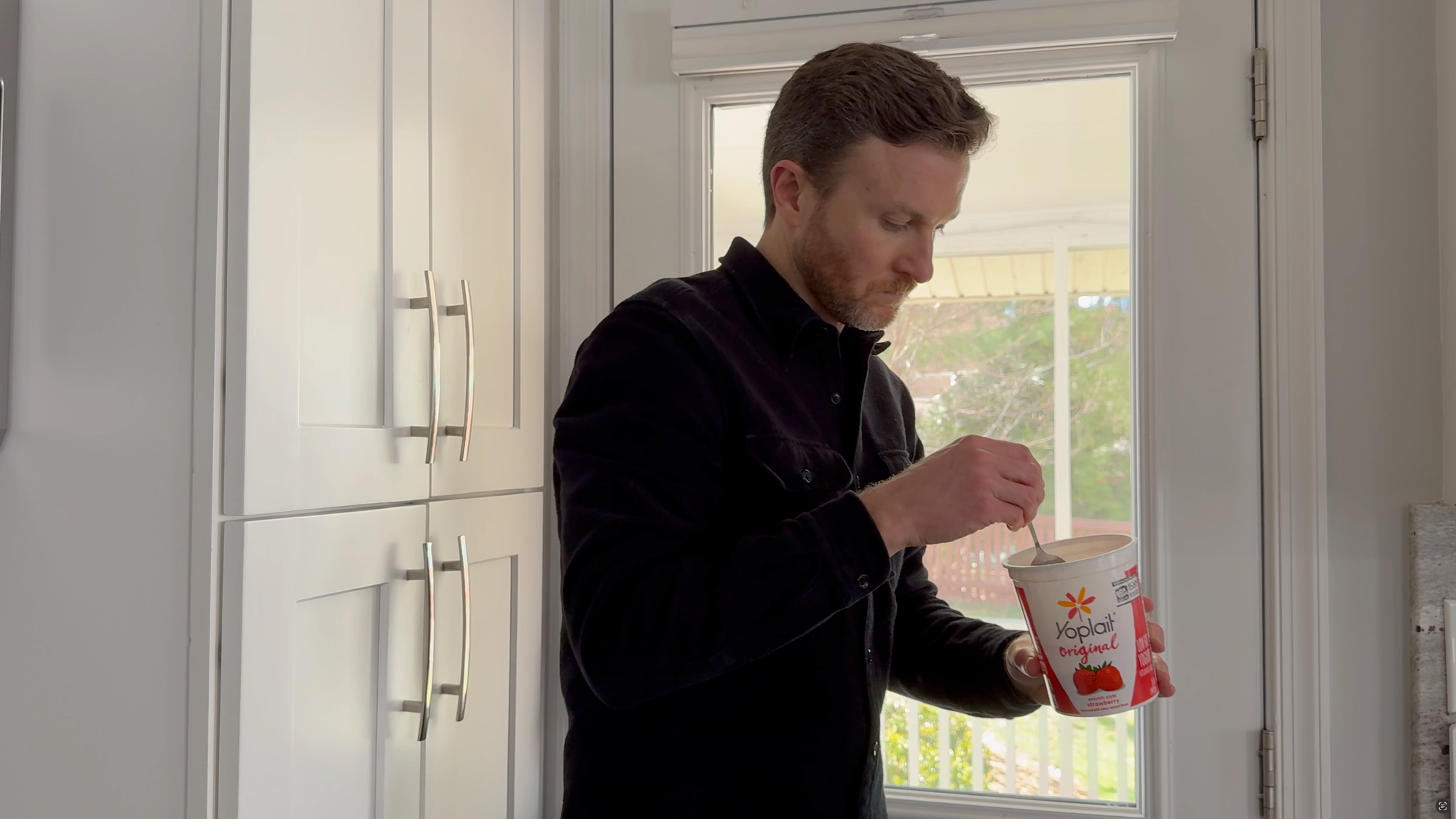
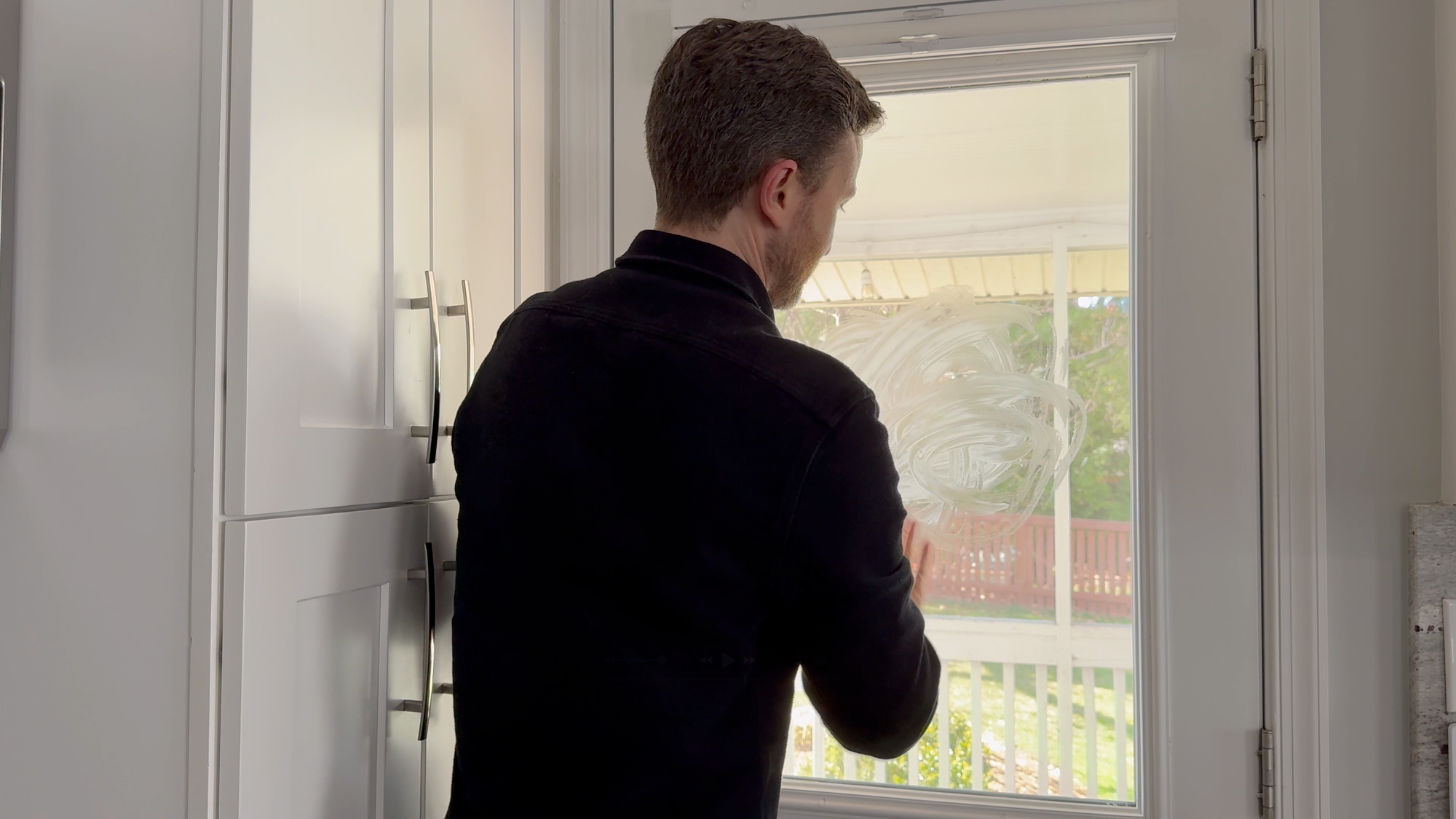
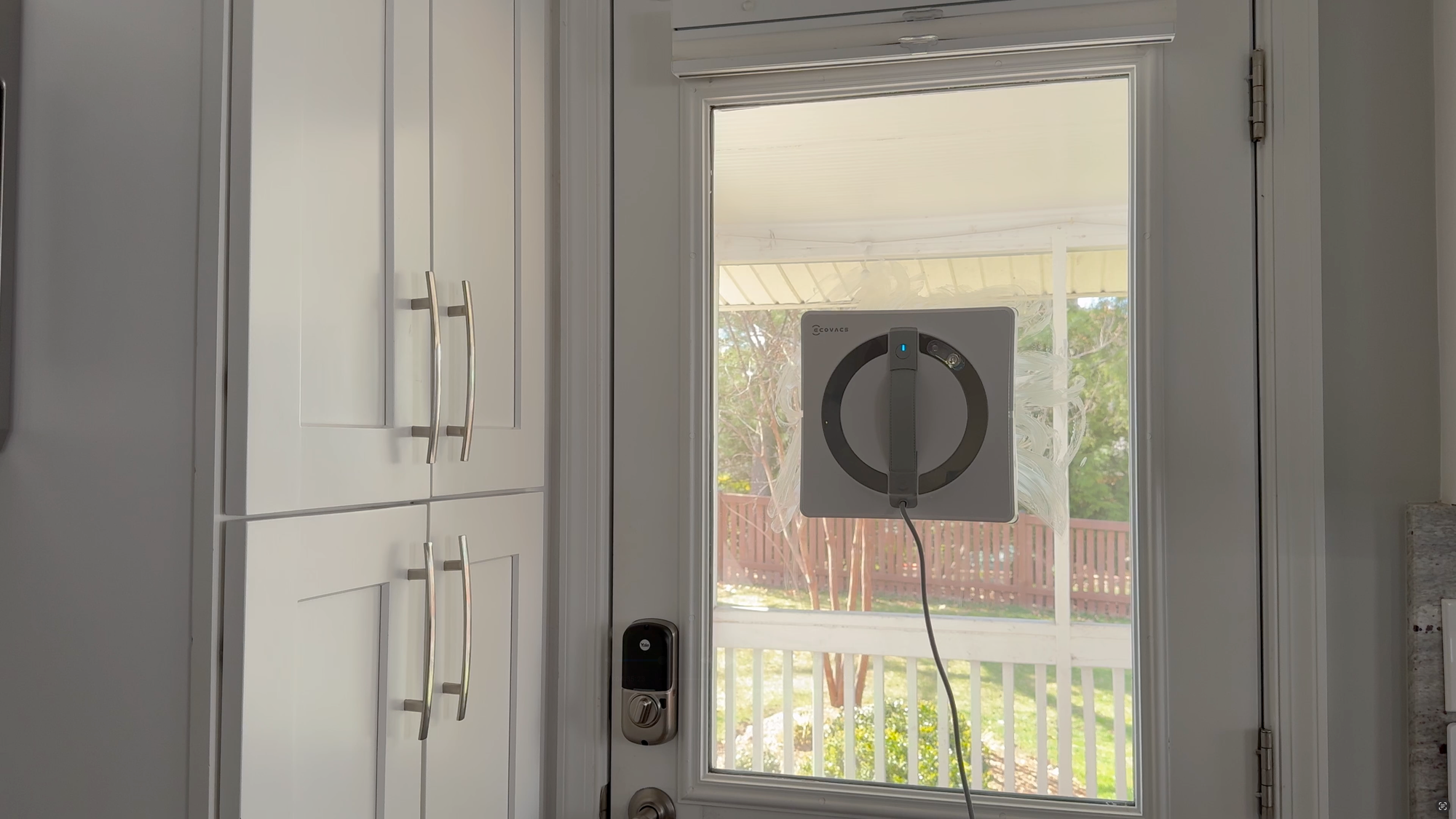
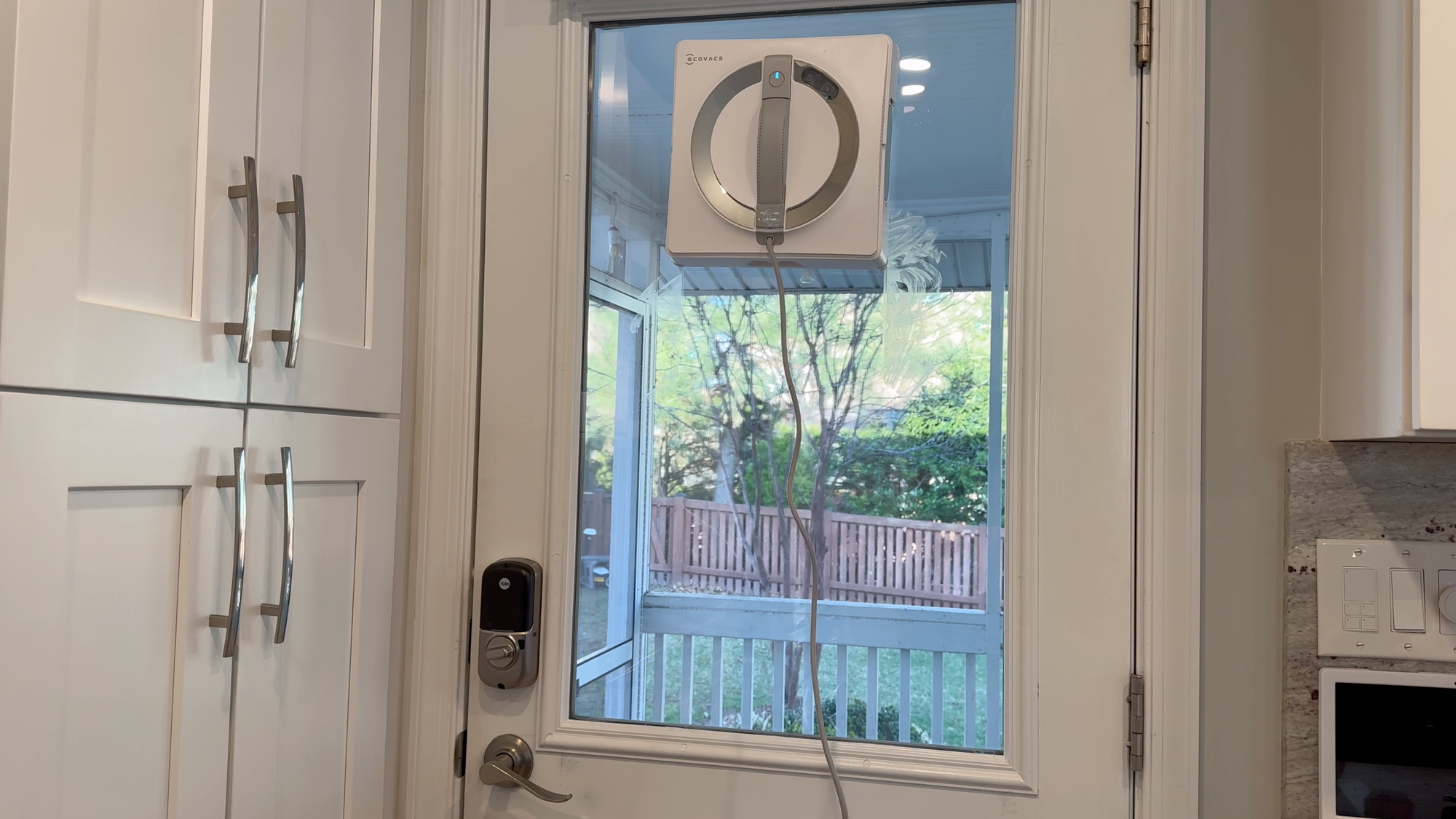
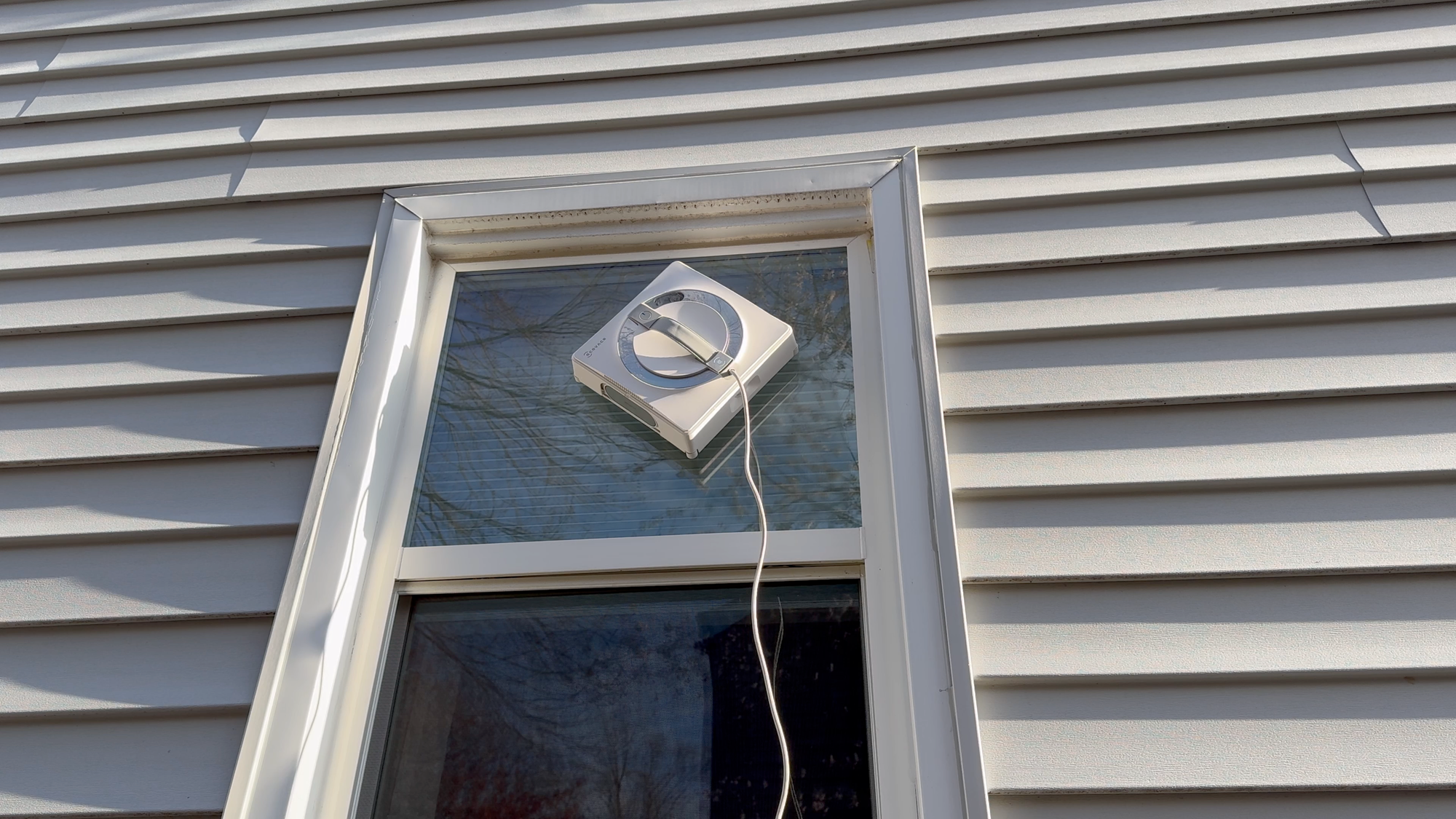
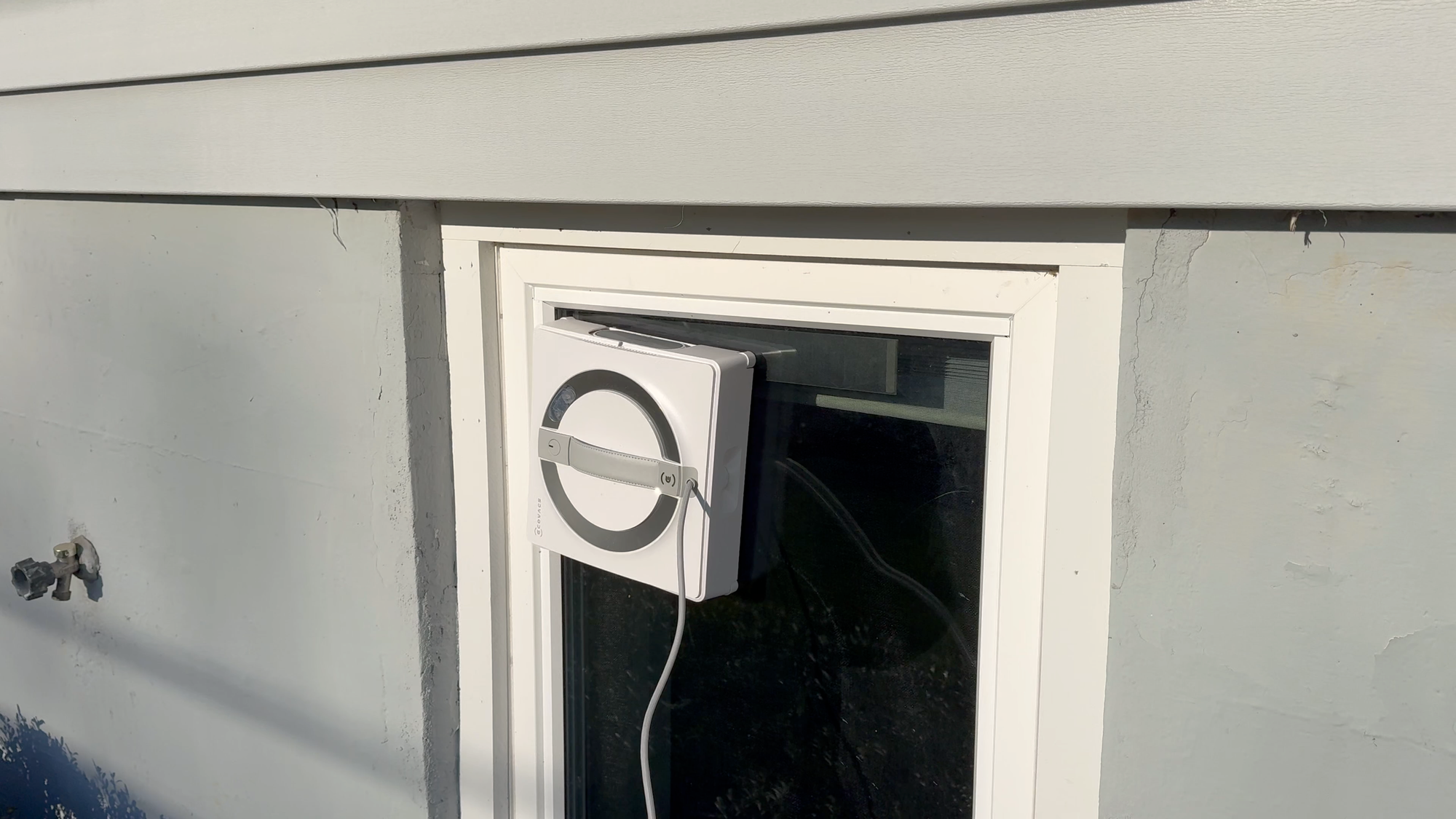
ECOVACS WINBO W2 PRO OMNI: Cleaning Test
What I Like
This is the first robotic window cleaner that I’ve tested, and I must admit that I was fairly impressed.
Even though it requires you to physically move it from window to window, it is really quick and easy to do this.
The integrated storage and battery case makes it especially easy to pick up and move the device around, and to go from interior to exterior windows. It’s a really thoughtful hardware design.
I also appreciated its true edge-to-edge cleaning. This thing actually does cover the entire window surface, and navigates really well, even in the corners.
And, it did a great job cleaning normal messes left by dust and weather.

ECOVACS WINBO W2 PRO OMNI: What I Like
What to Improve
There are some things that could be improved.
From the ECOVACS app, you can choose among fast, thorough, heavy duty, deep, and edge cleaning modes. Even looking at the icons and descriptions, it wasn’t super clear which was the best cleaning mode for the job at hand, so I wish this was simpler or clearer.
Likewise, I wish it had separate physical buttons on the device for each cleaning mode.
It would also be nice if it had a “smart” cleaning mode in which it used some kind of dirt detection intelligence to optimize its cleaning pattern and number of passes based on how dirty or clean the surface is.
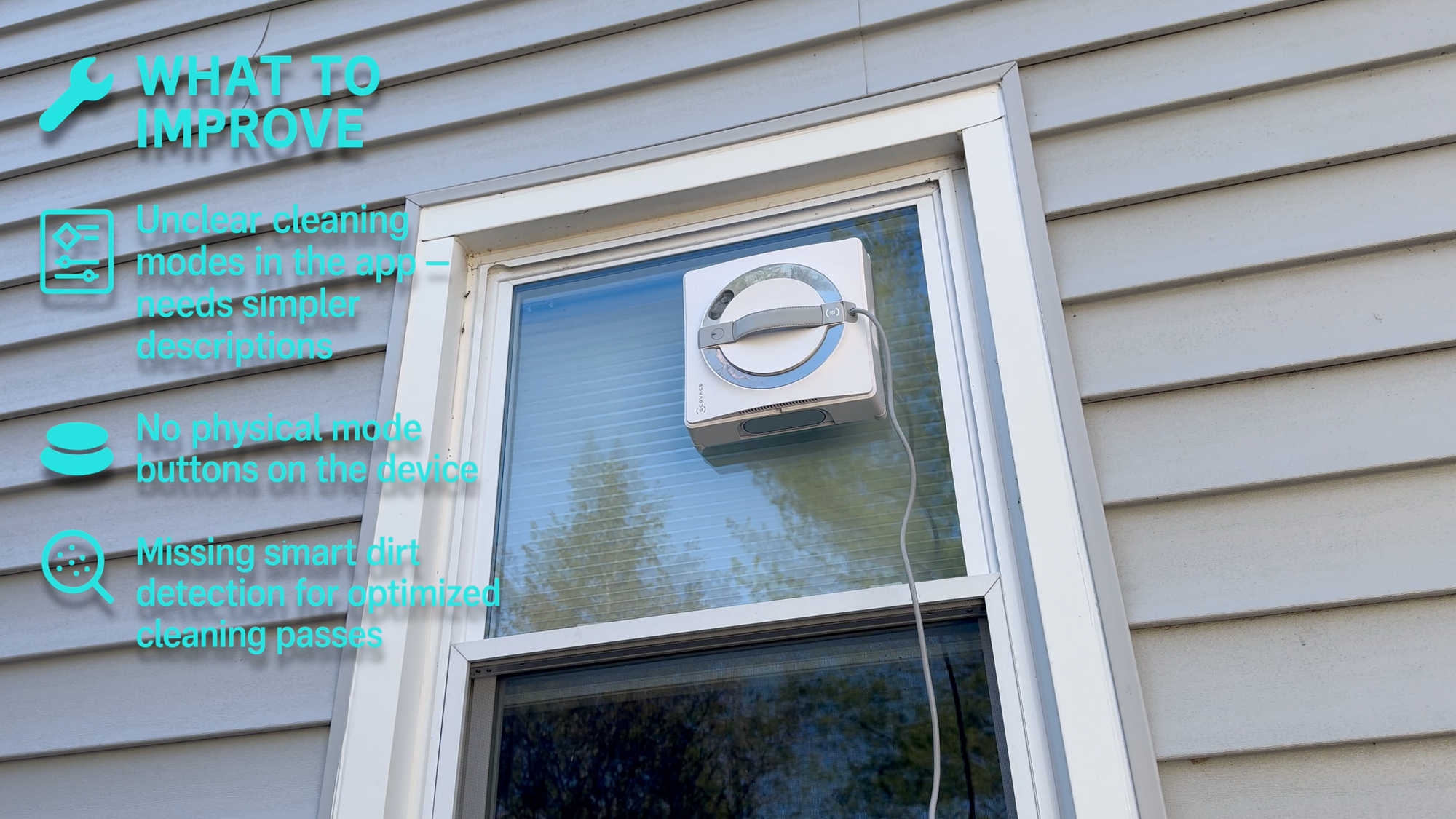
ECOVACS WINBO W2 PRO OMNI: What to Improve
Final Thoughts
Probably the biggest thing holding this or any robotic window cleaner back from becoming a game-changing device is the ability to move itself between windows, or to start all on its own. But of course, that would be fraught with complexity and risk.
Still, if you have large glass windows, or windows without a bug screen, then I think this is a really useful addition to your smart home. Most people neglect cleaning their windows, and this robot can make that task much easier.
But, if you have smaller panes of glass or bug screens, then it’s a little harder to recommend, especially at the cost of $600. The time it takes to move the robot from window to window and wait for it to clean is not so different than wiping the window with a paper towel and glass cleaner.
And, if you have bug screens, you’ll have to either remove them or use a ladder to reach the exterior side of windows that are higher up, and that’s a bit more of a hassle.
Let me know in the comments what you think of robotic window cleaners like this.
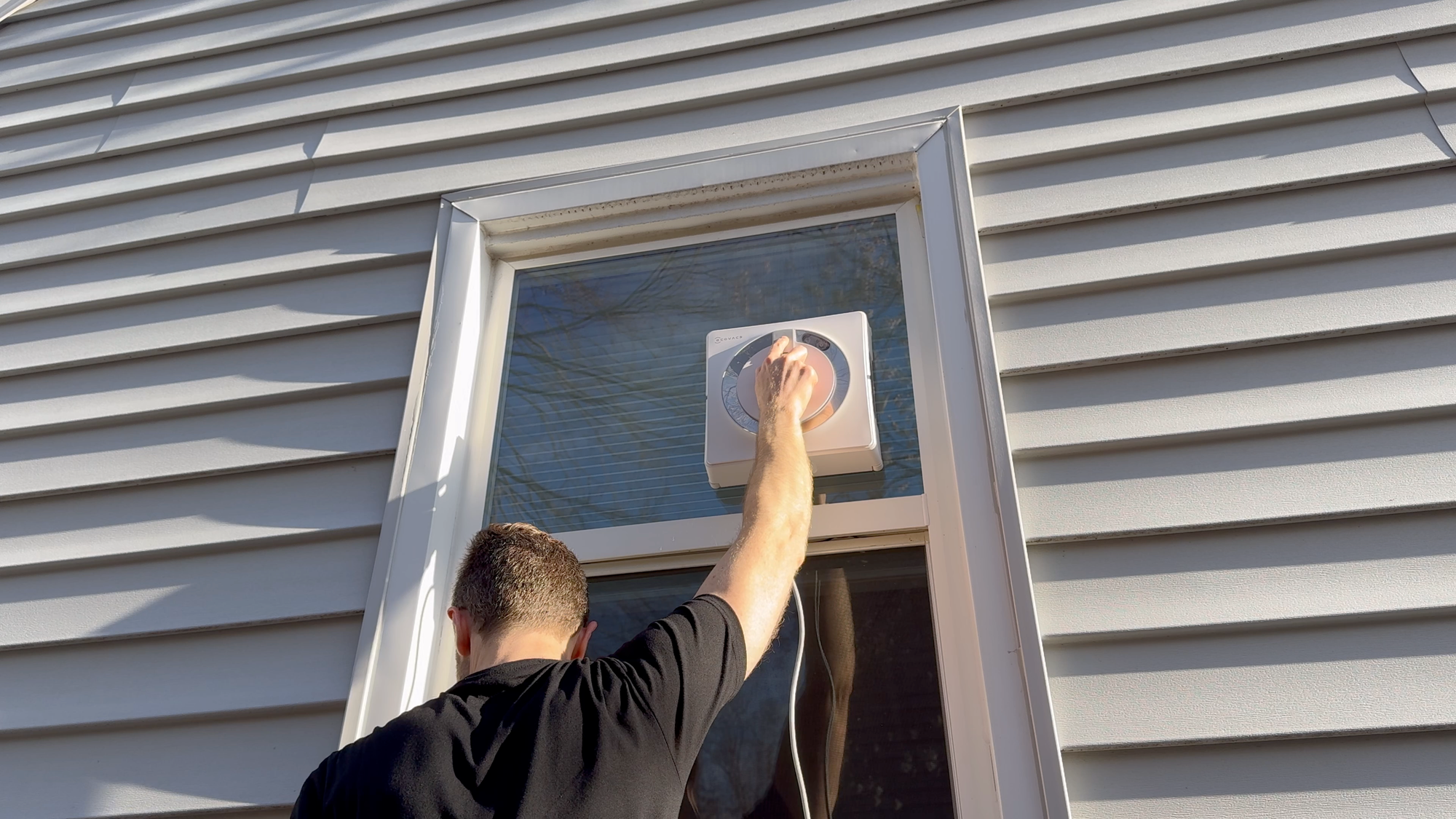
ECOVACS WINBO W2 PRO OMNI: Final Thoughts
Watch on YouTube
Featured Tech
ECOVACS WINBOT W2 PRO OMNI: https://amzn.to/4i2EbuH